

Sign up to get update news about us

This gallery brings together a selection of photographs that have been taken by Deepak Nayyar over the past four decades, while a few go back even longer in time. Some of the pictures are drawn from his book, Faces and Places, which was published by Roli Books, New Delhi, in 2015. Some others are from his archives. The photographs are about the world around us. The focus is on people in their daily lives and on places that are of interest to visitors. There are photographs of people, which depict life in its ordinary, engaging, striking or even amusing dimensions. There are photographs of places, which range from the beautiful and exquisite to the stark and the awesome. The pictures are not from India alone, but from countries across the world. This geographical spread is juxtaposed with human diversity. The similarities and the differences are fascinating.
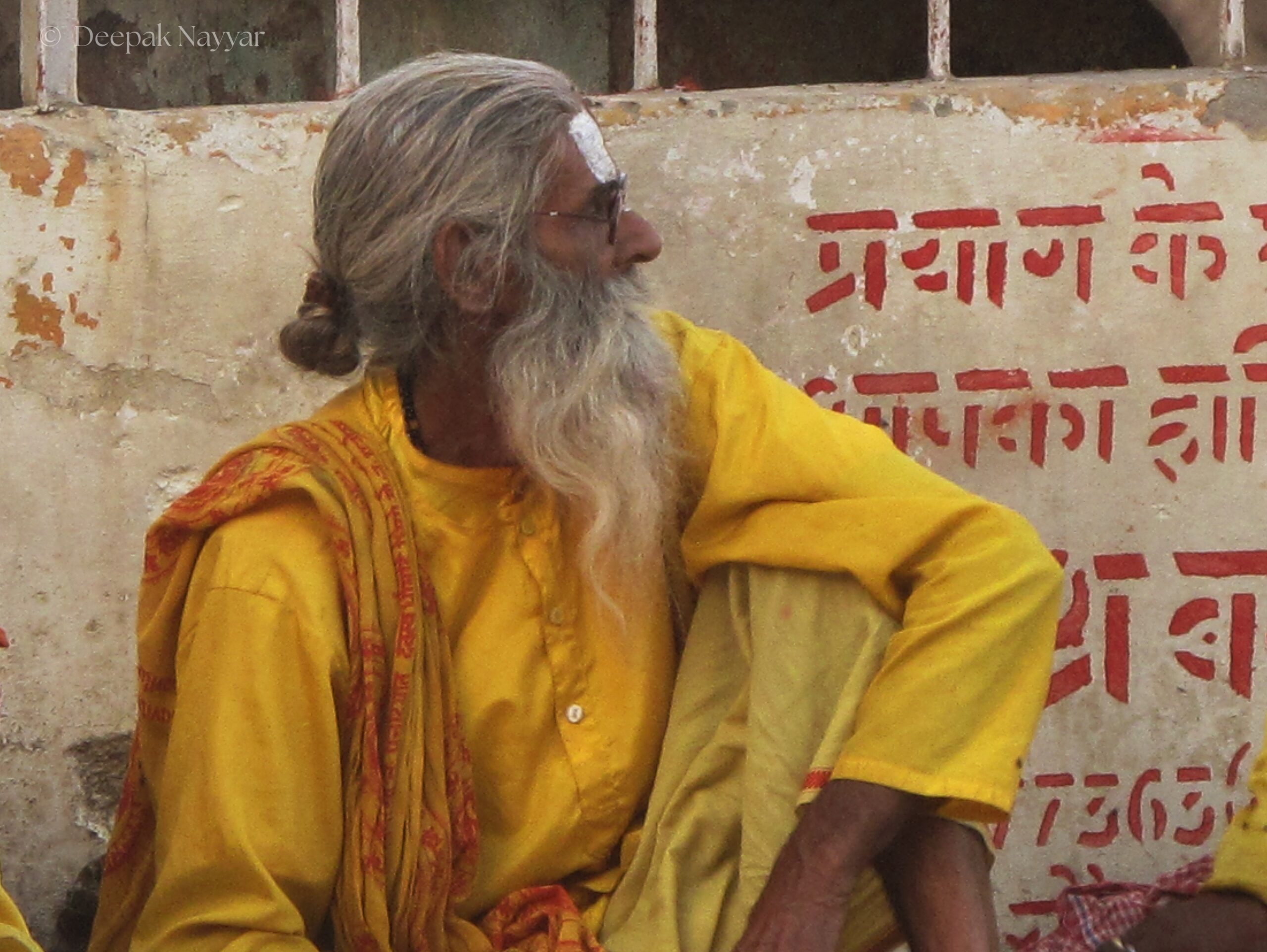
ALLAHABAD, UTTAR PRADESH, 2014
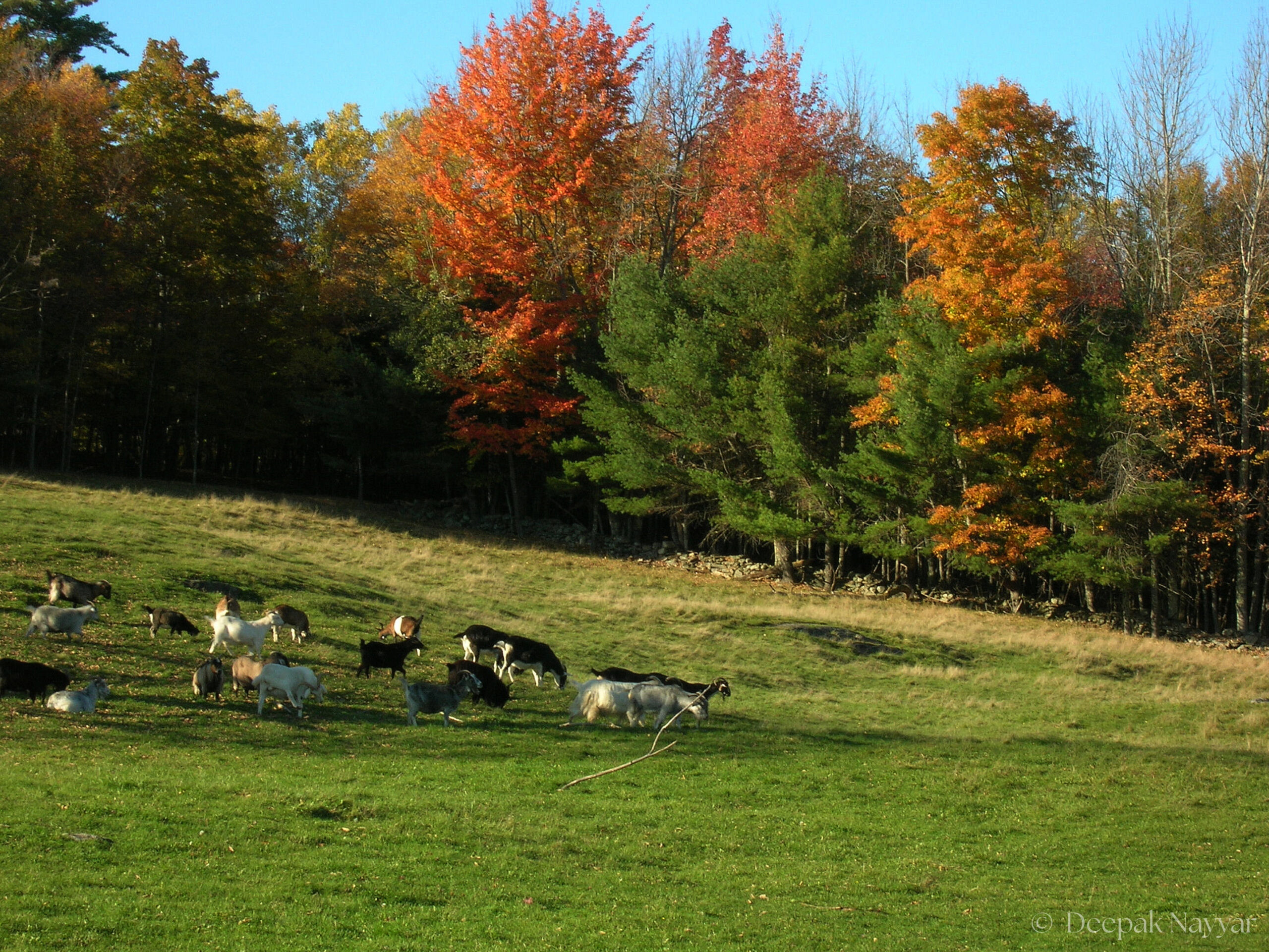
BLACK LOCUST FARM, MAINE, 2008
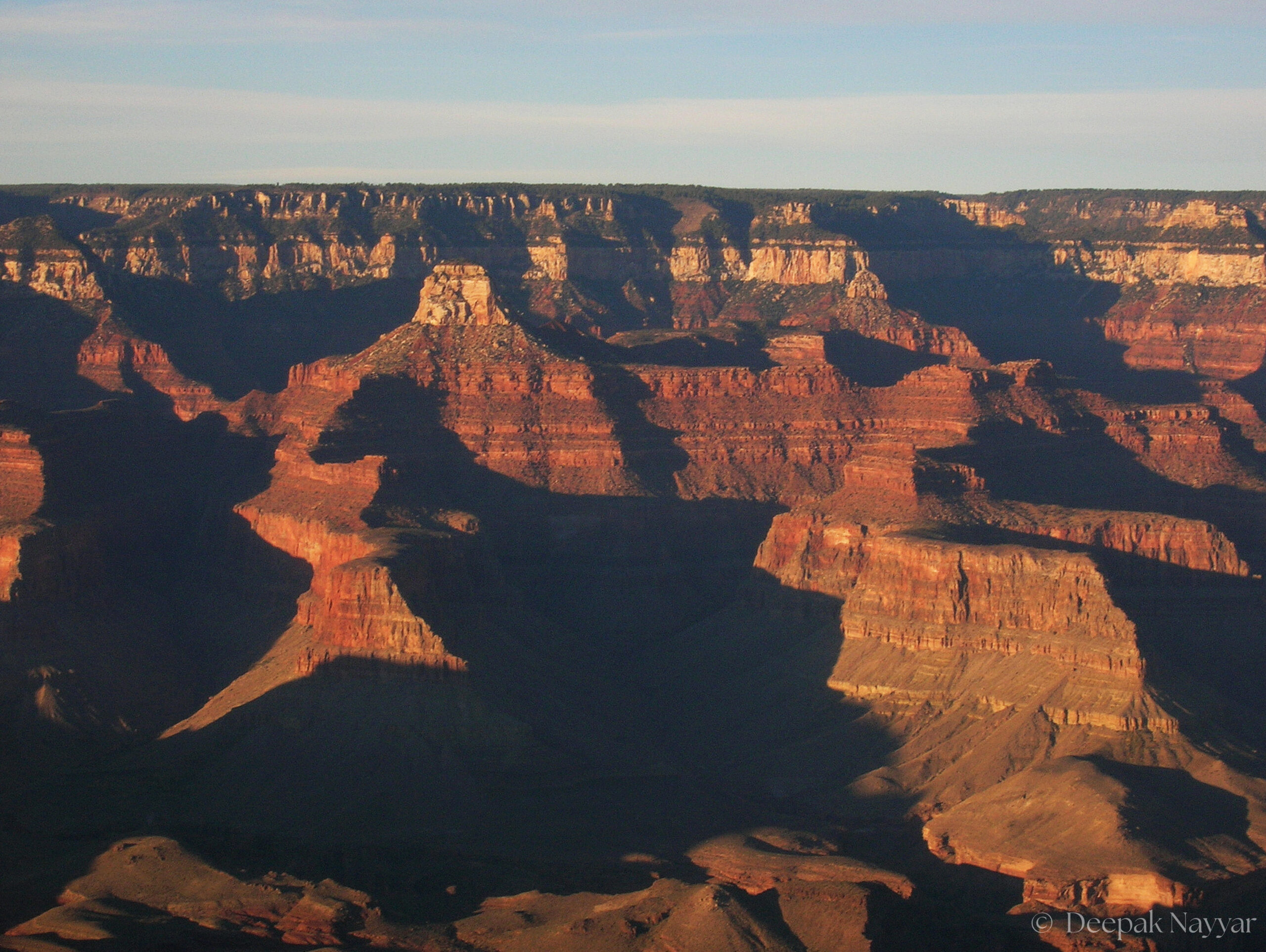
ARIZONA, UNITED STATES, 2008
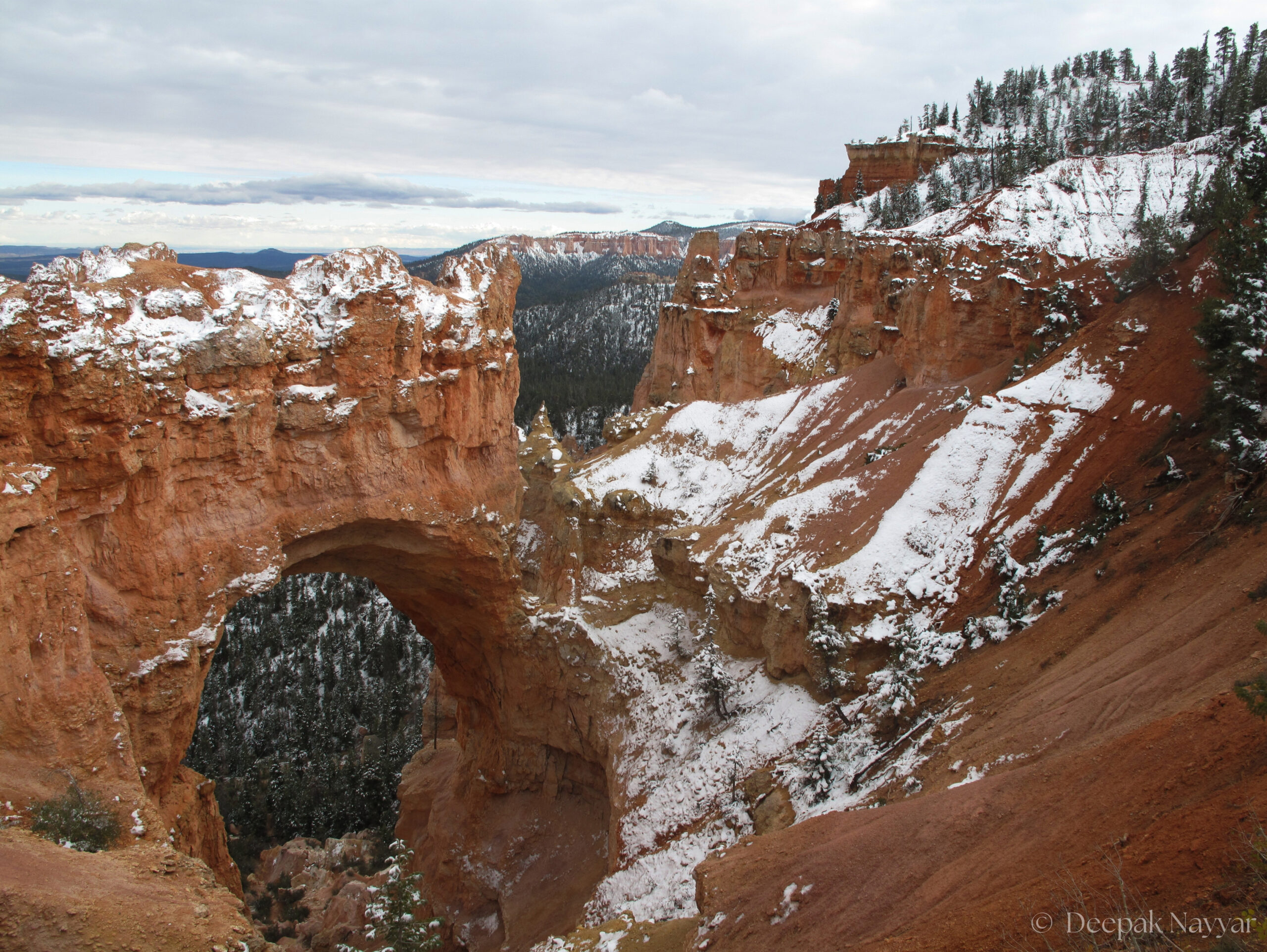
UTAH, UNITED STATES, 2011
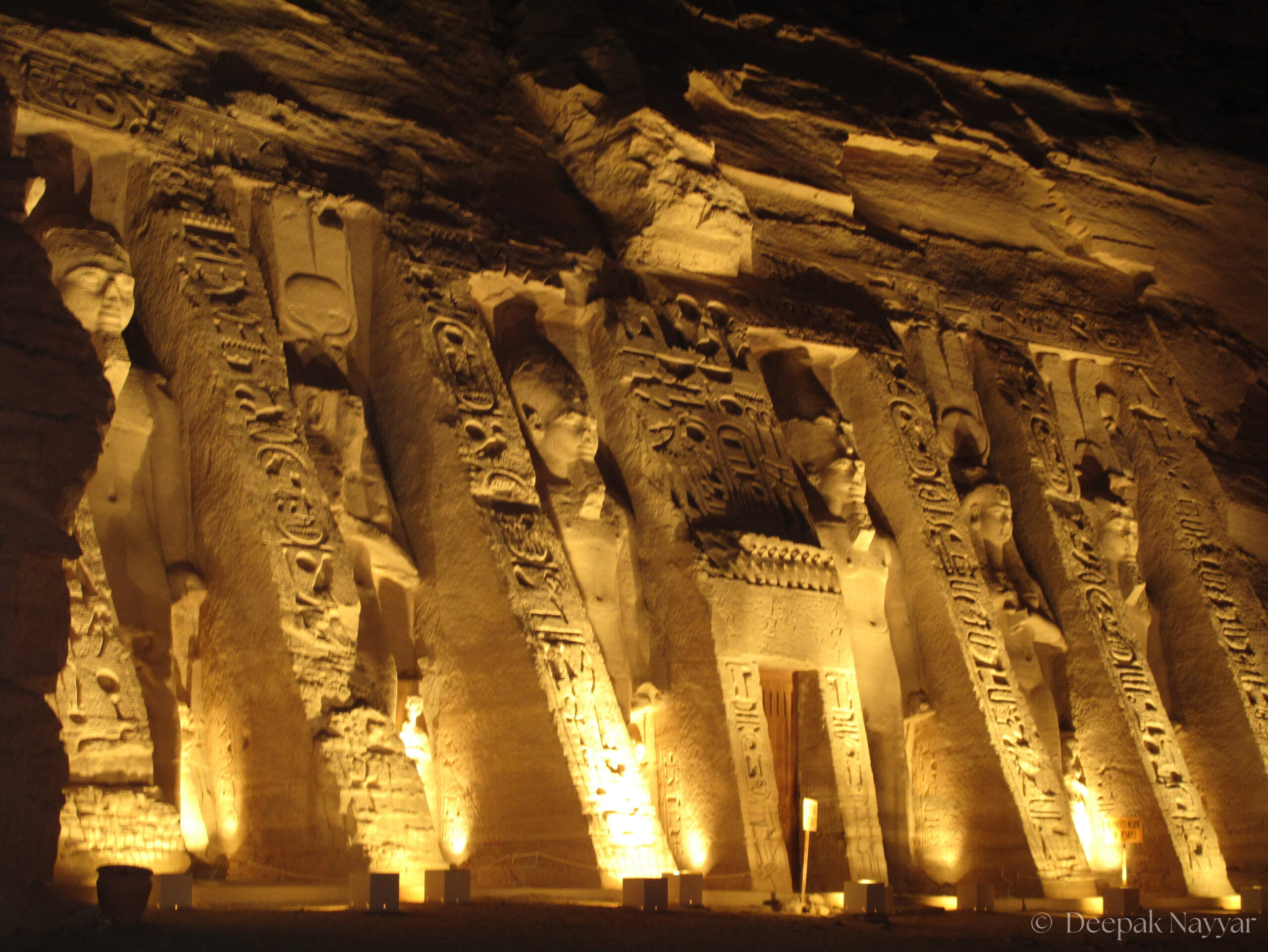
FROM ANCIENT TIMES, EGYPT, 2010
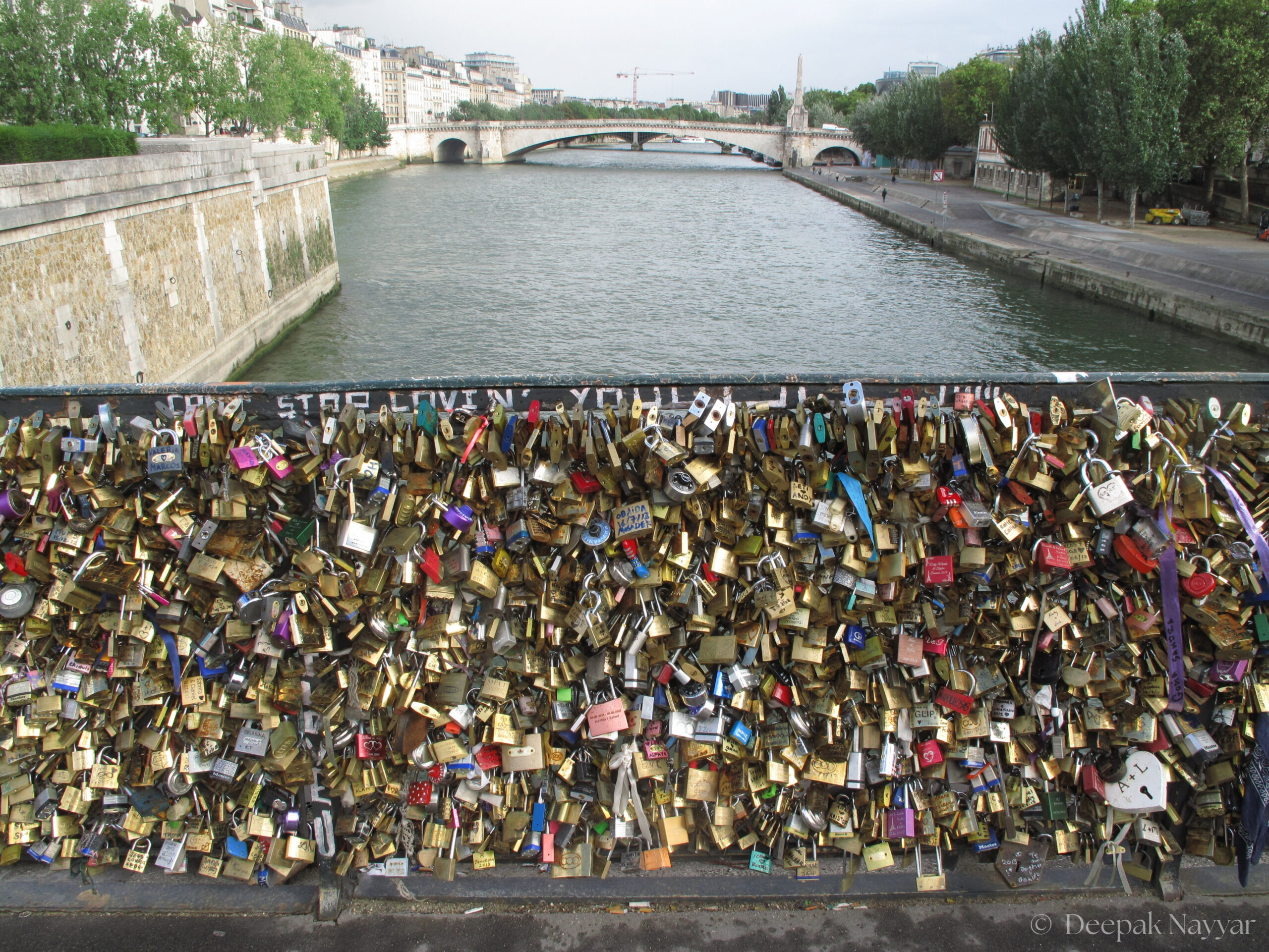
Pont des Arts on the River Seine, where love gets locked forever. Couples write their names on a padlock, lock it onto the bridge, and throw the key into the river as a symbol of their undying love. This started in late 2008, and Le Monde estimates suggest that, by early 2014, there were more than 700,000 locks creating serious safety concerns about the bridge.
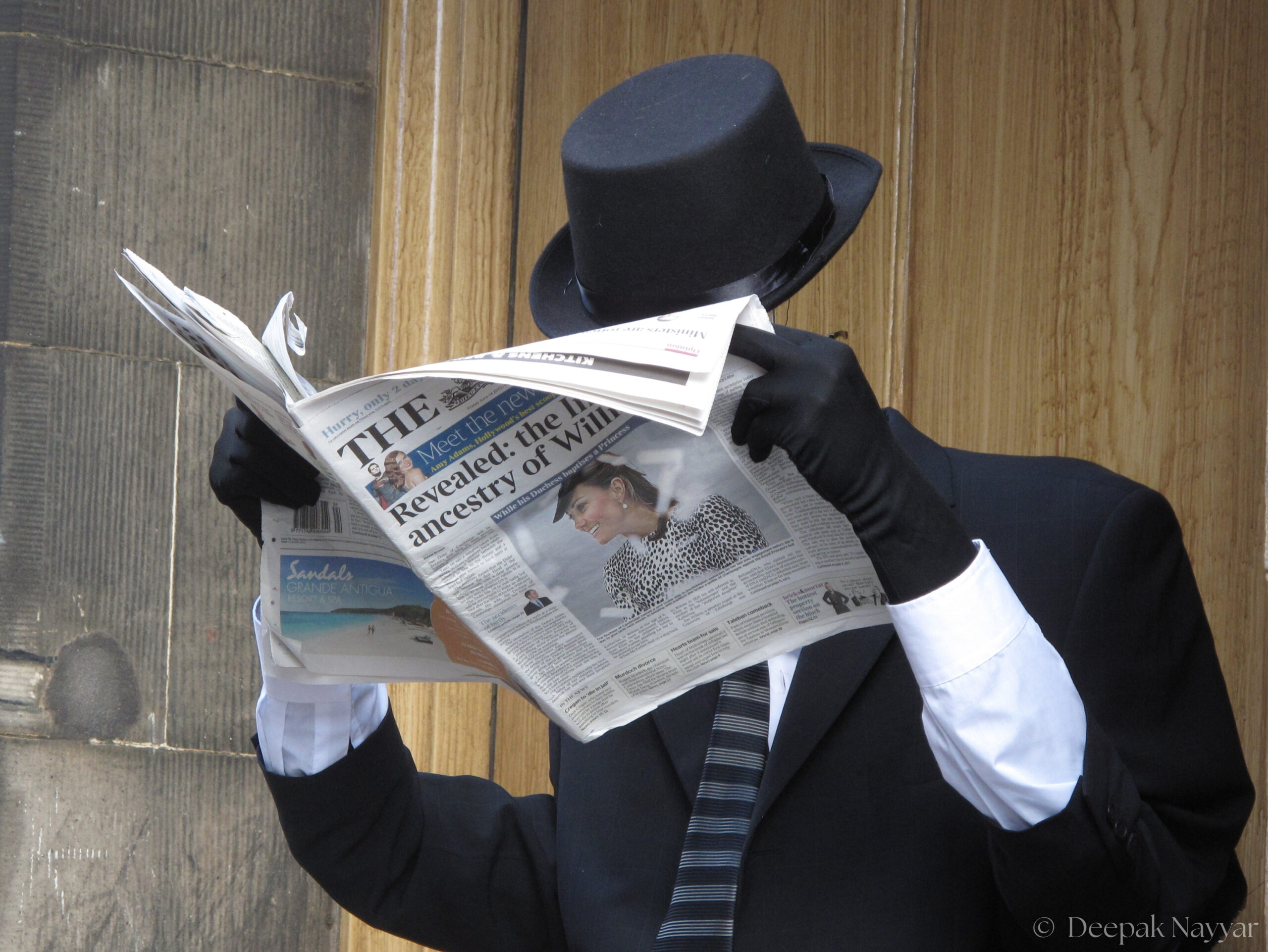
The headless, yet avid, newspaper reader.
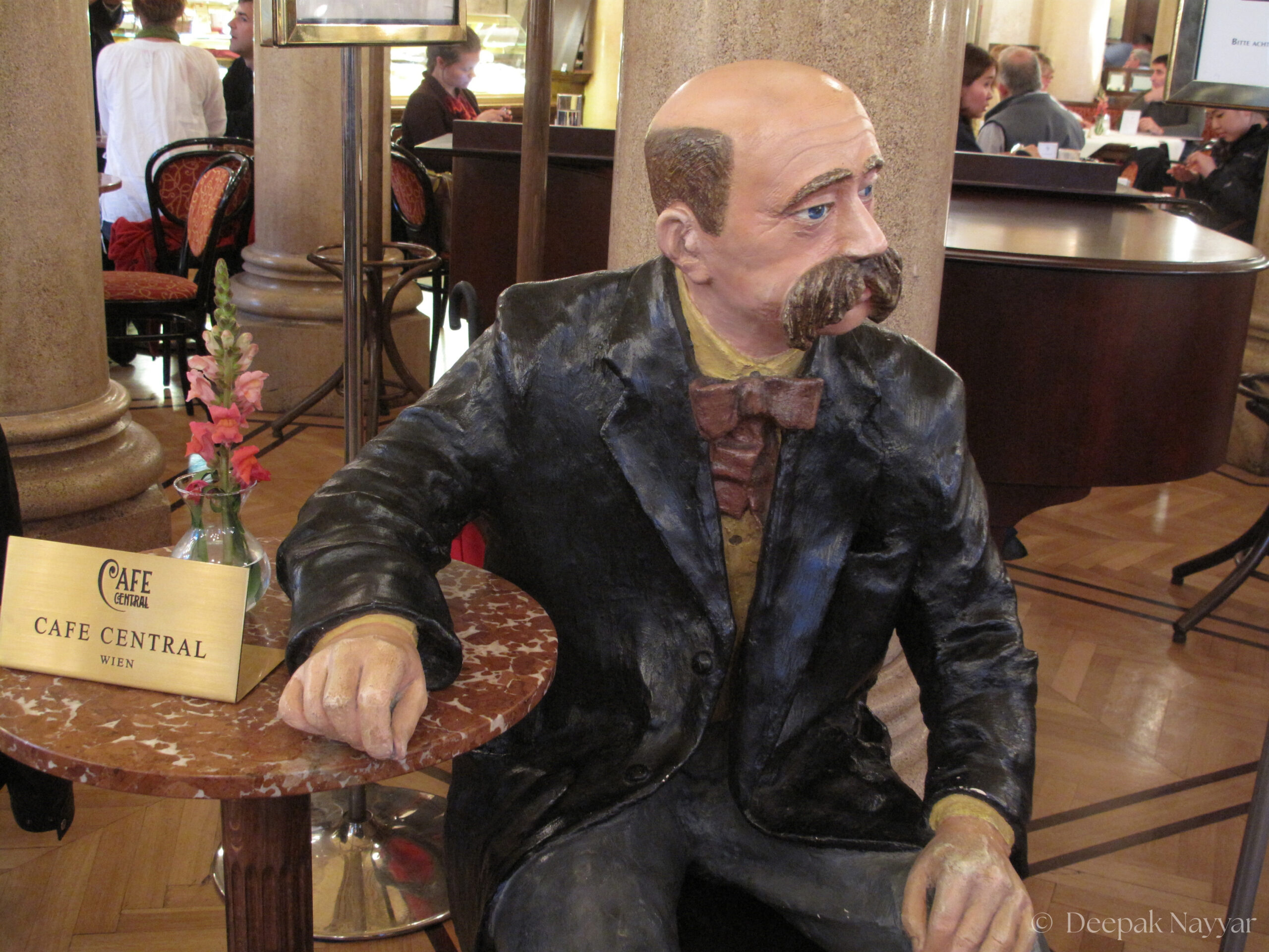
The most regular patron of the oldest coffee house in the city.

Yamaraj, the surprising deity at a Buddhist Temple.
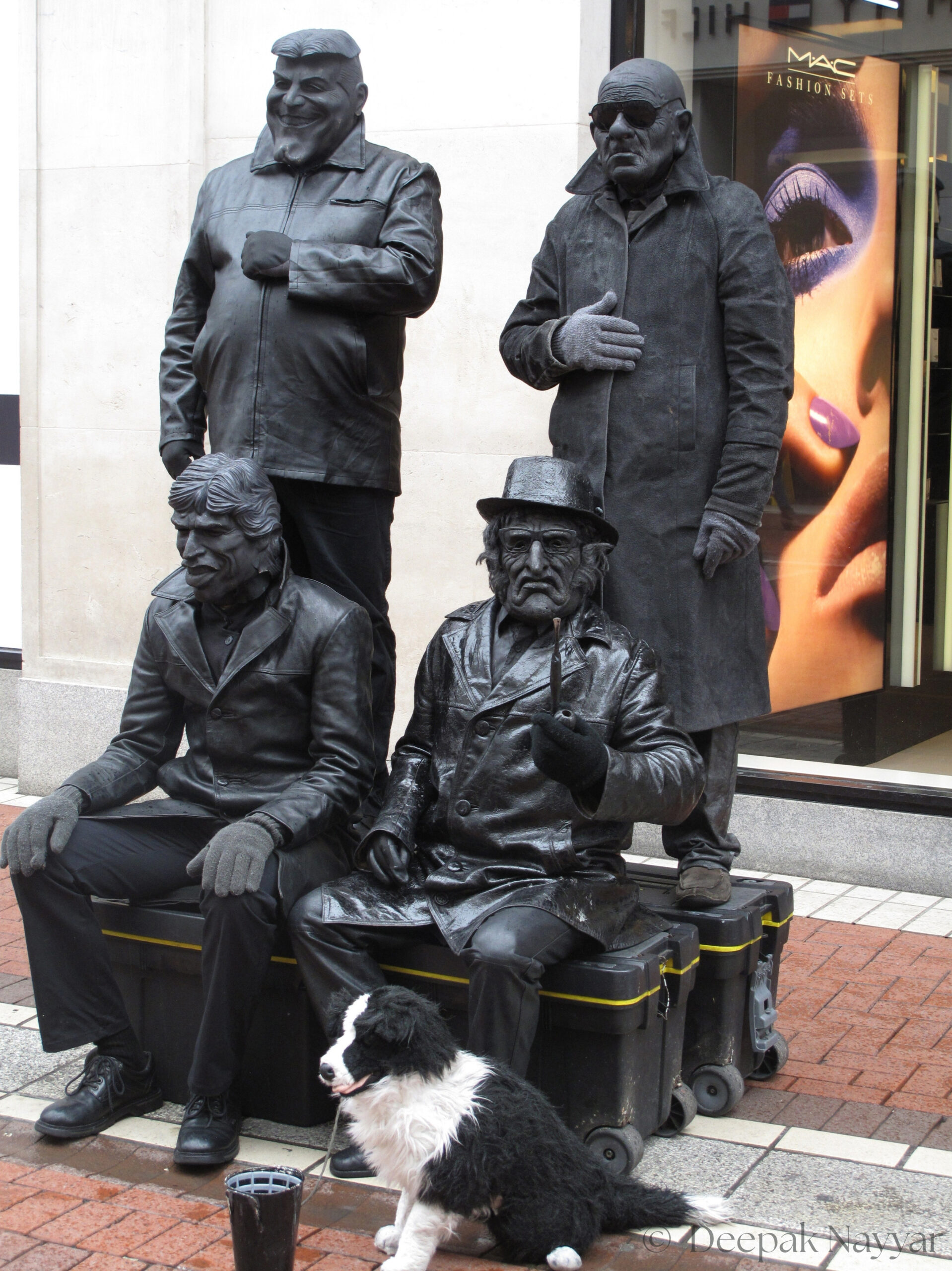
Four men and a dog on Grafton Street.
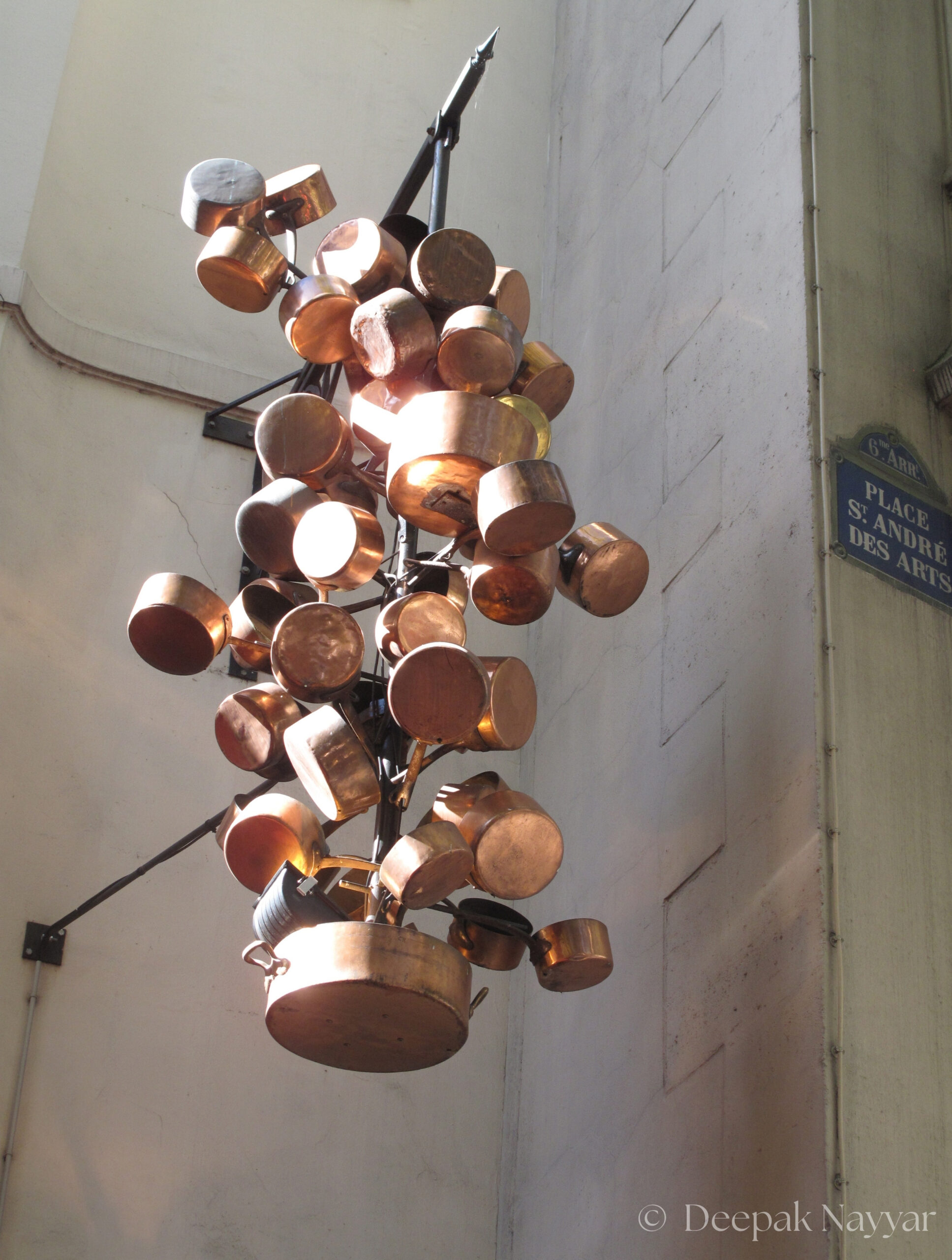
The home of haute cuisine.
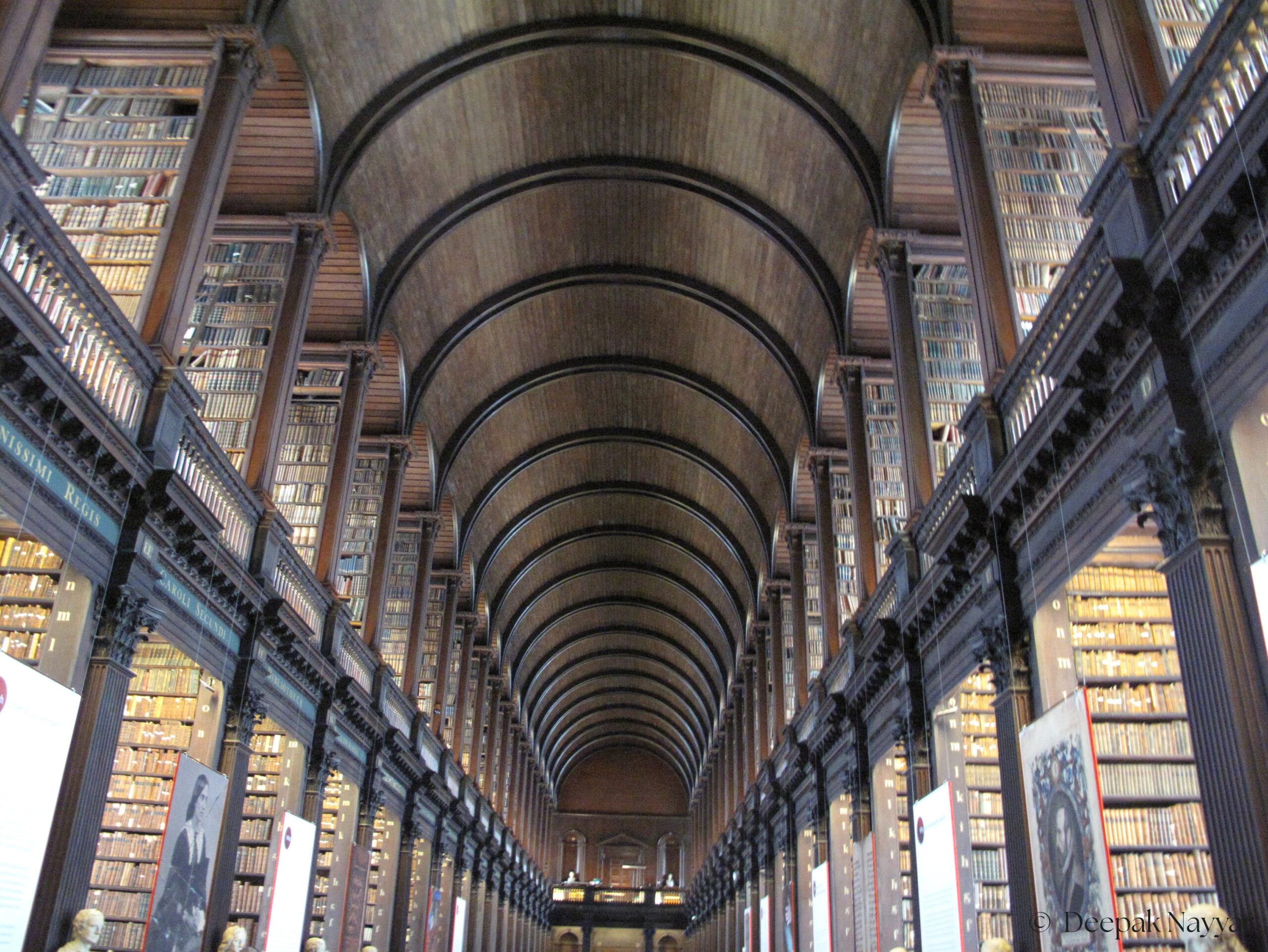
Library at Trinity College, Dublin, established in 1592. A copyright library since 1801. Difficult to capture its vista even with a wide-angle lens.

Beautiful butterfly on a wooden fence at Iguasu Falls, undisturbed by the noise and the spray .
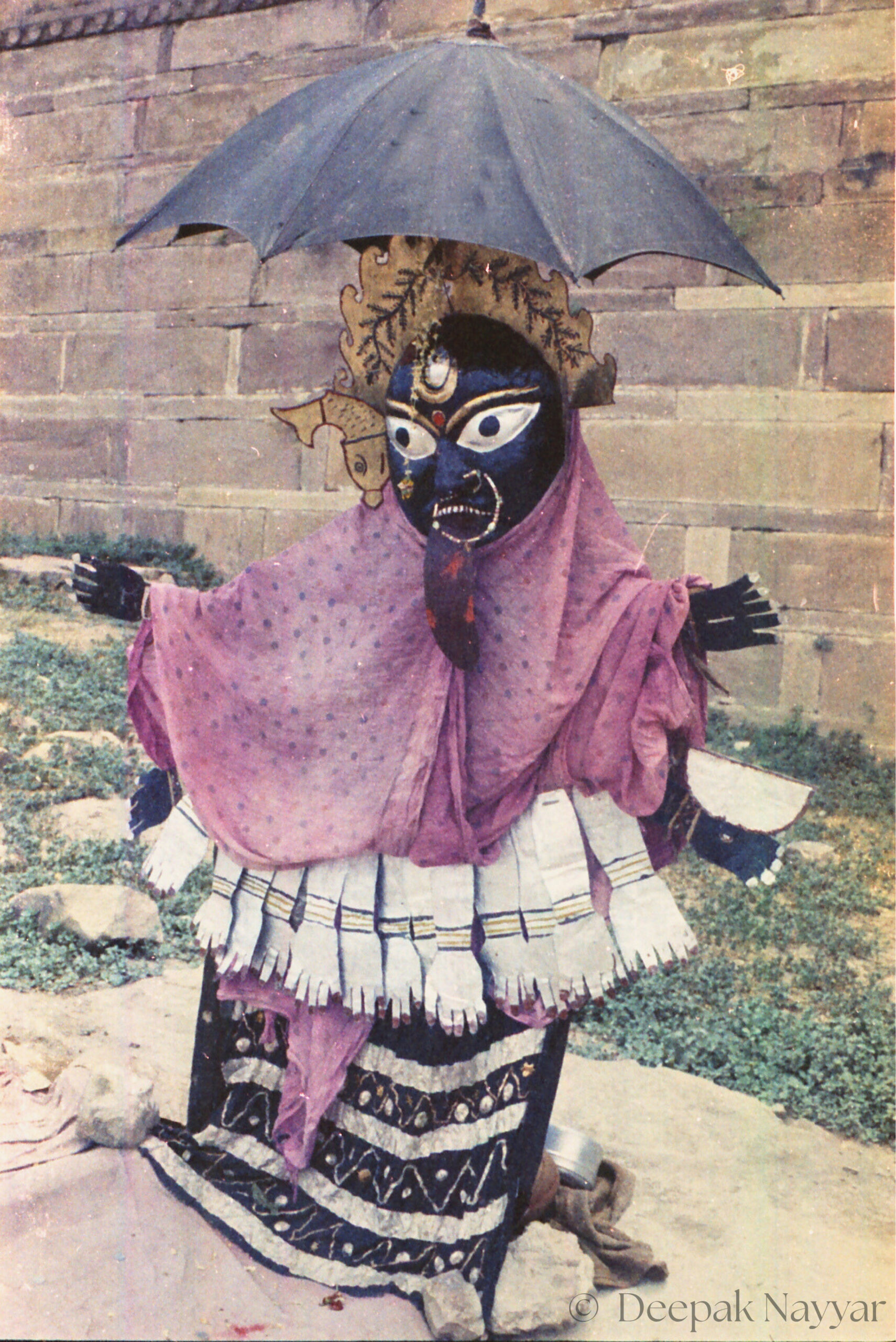
Makeshift idol for Kali Puja.
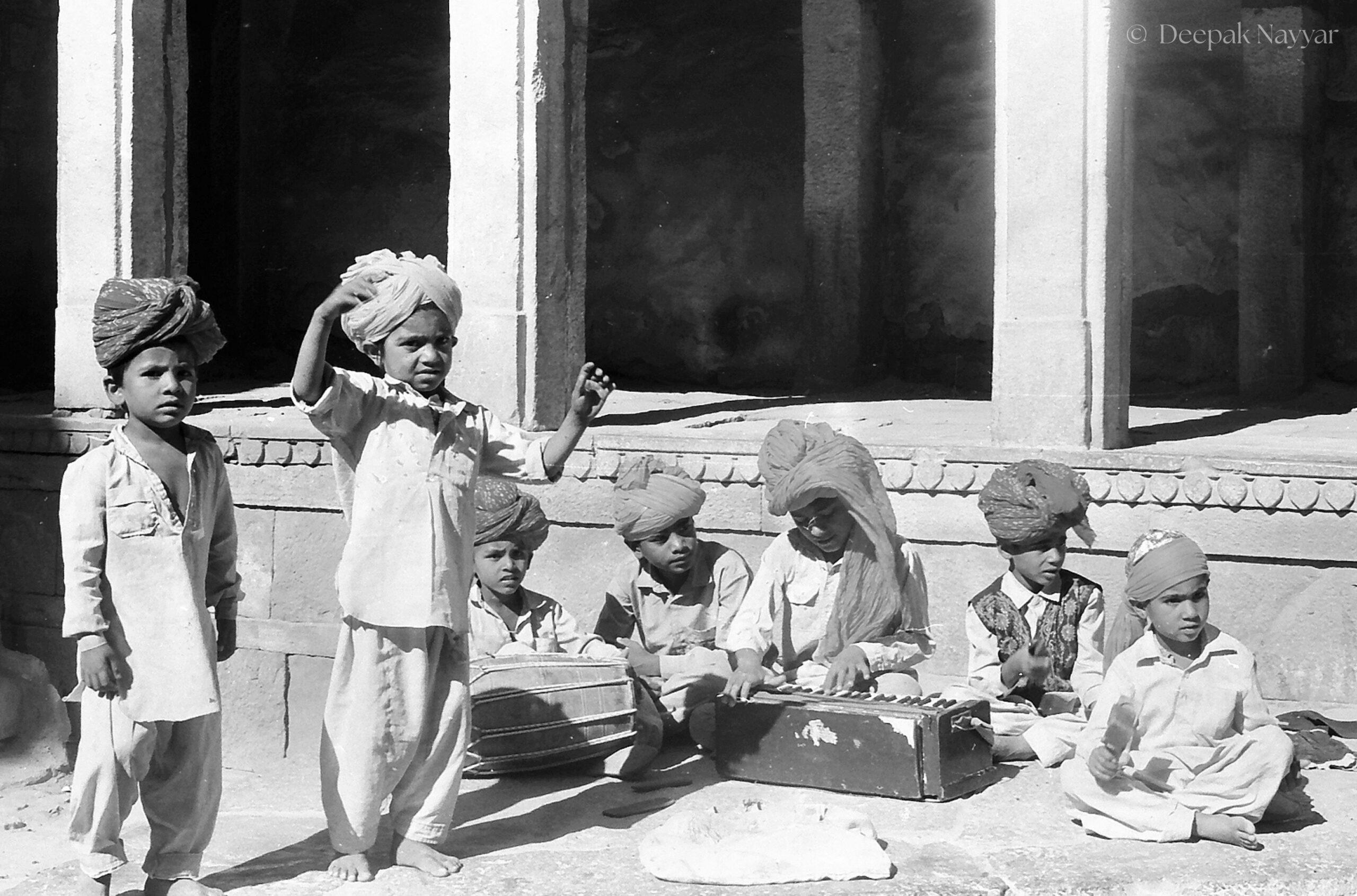
Young performers as entertainers.
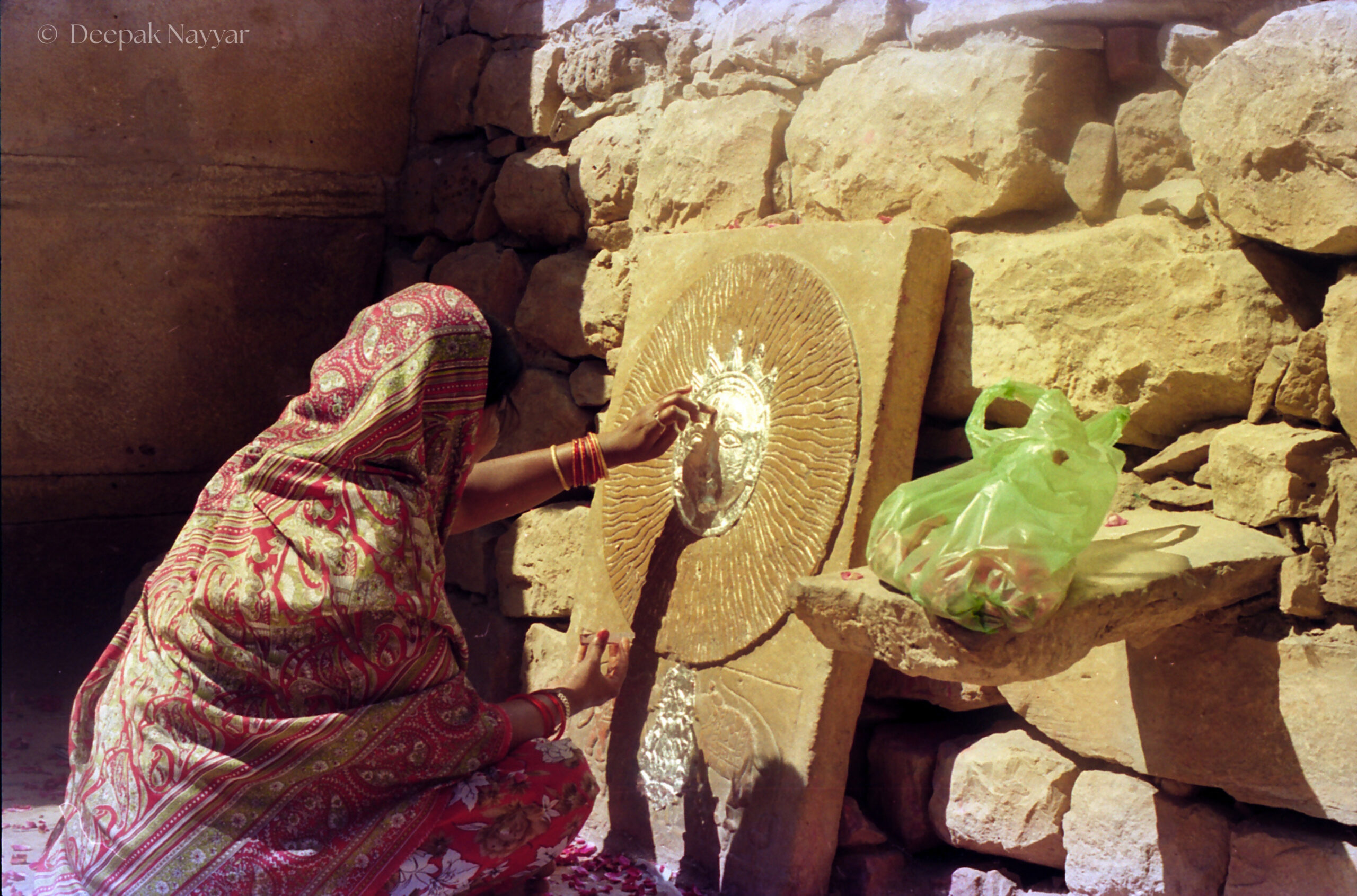
Worshipper of the Sun God.

Weaving rugs.
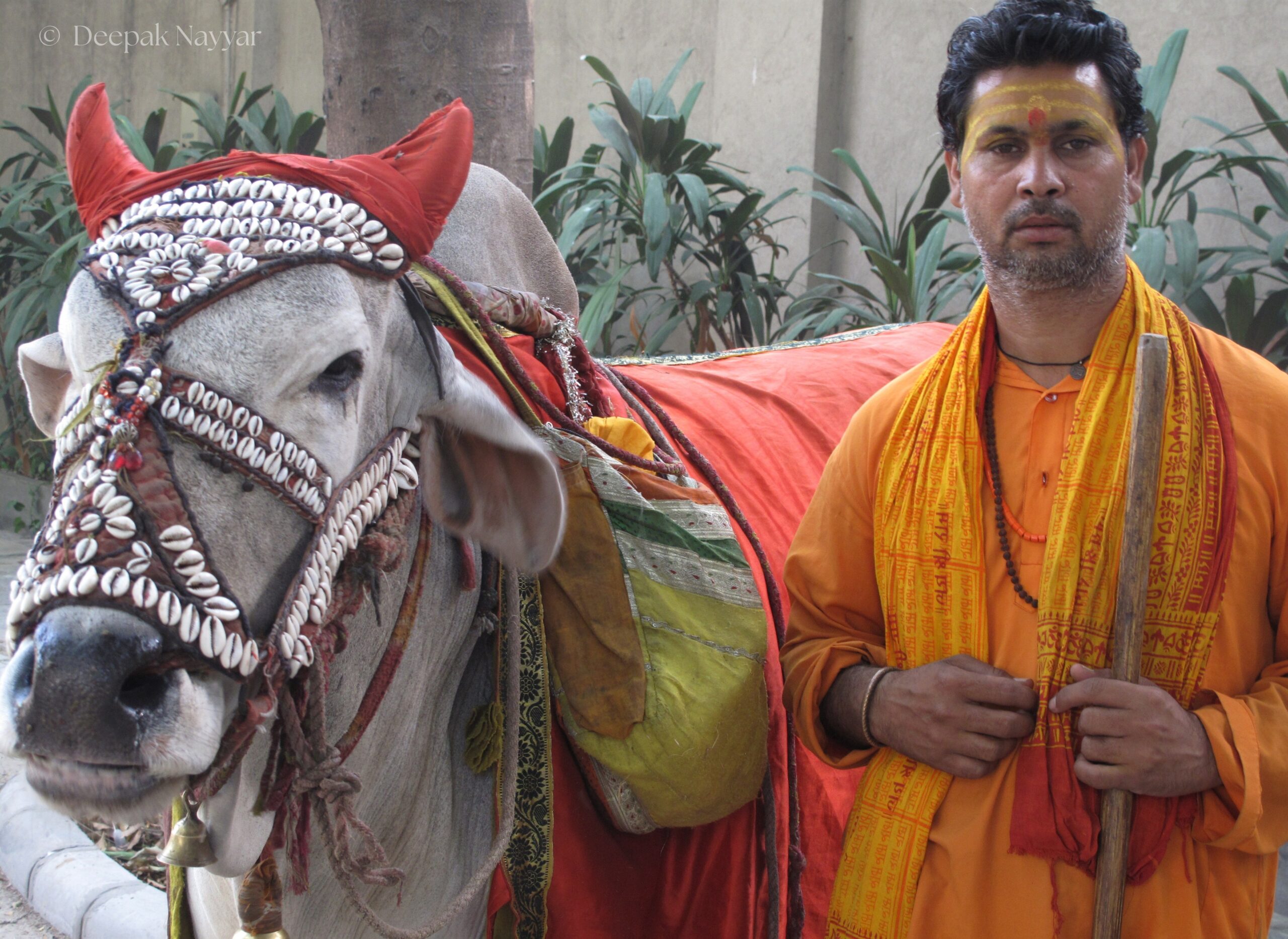
Brahman and his holy cow, from Mathura, who walks the long distance once a month.

Sadhu at Prayag Ghat, near the confluence of the Ganga and Yamuna rivers.

Old lady with her dog.

Solitary Bagpiper in the Highlands.
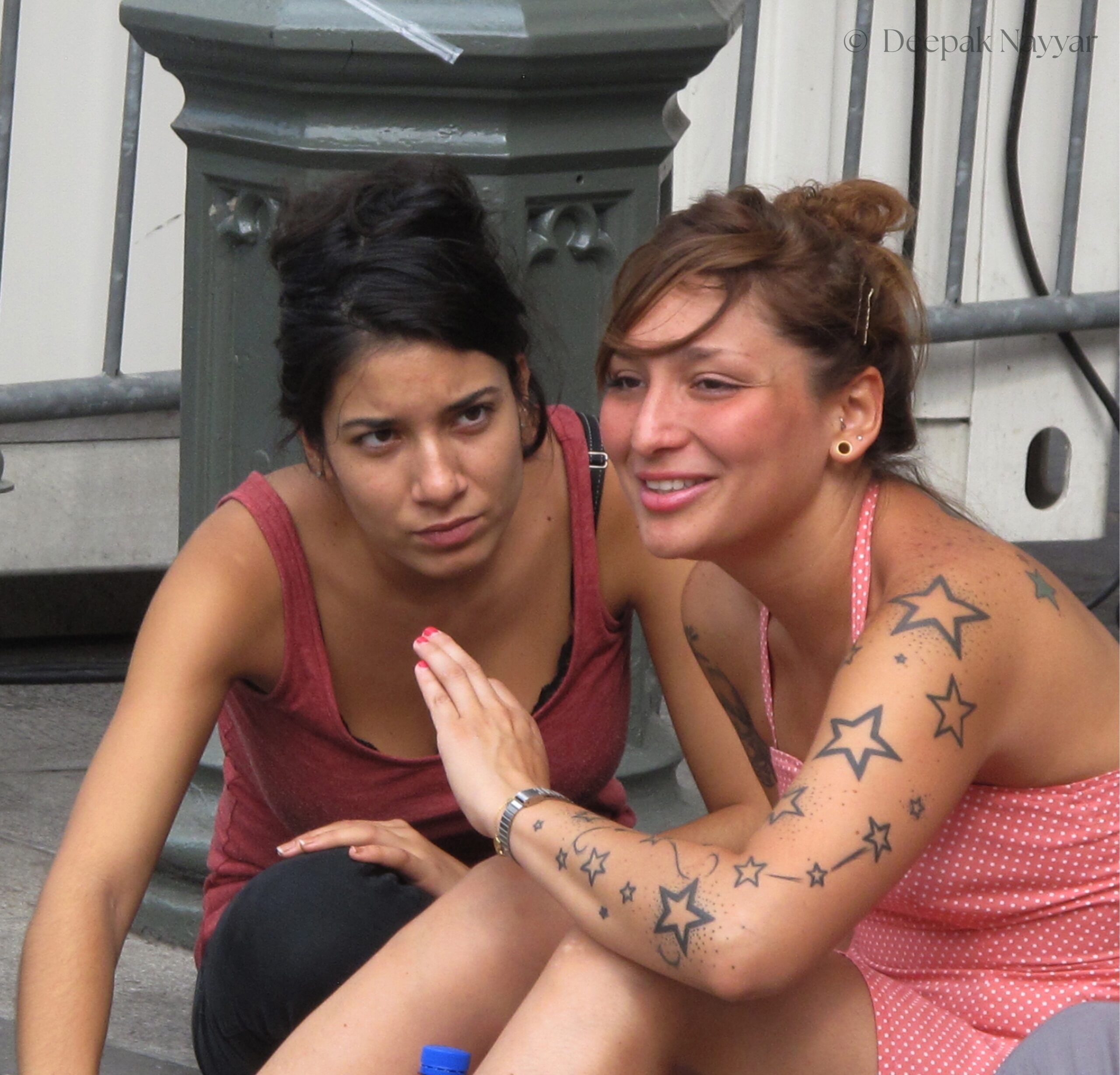
The Girl with the Star Tattoo, and her companion.
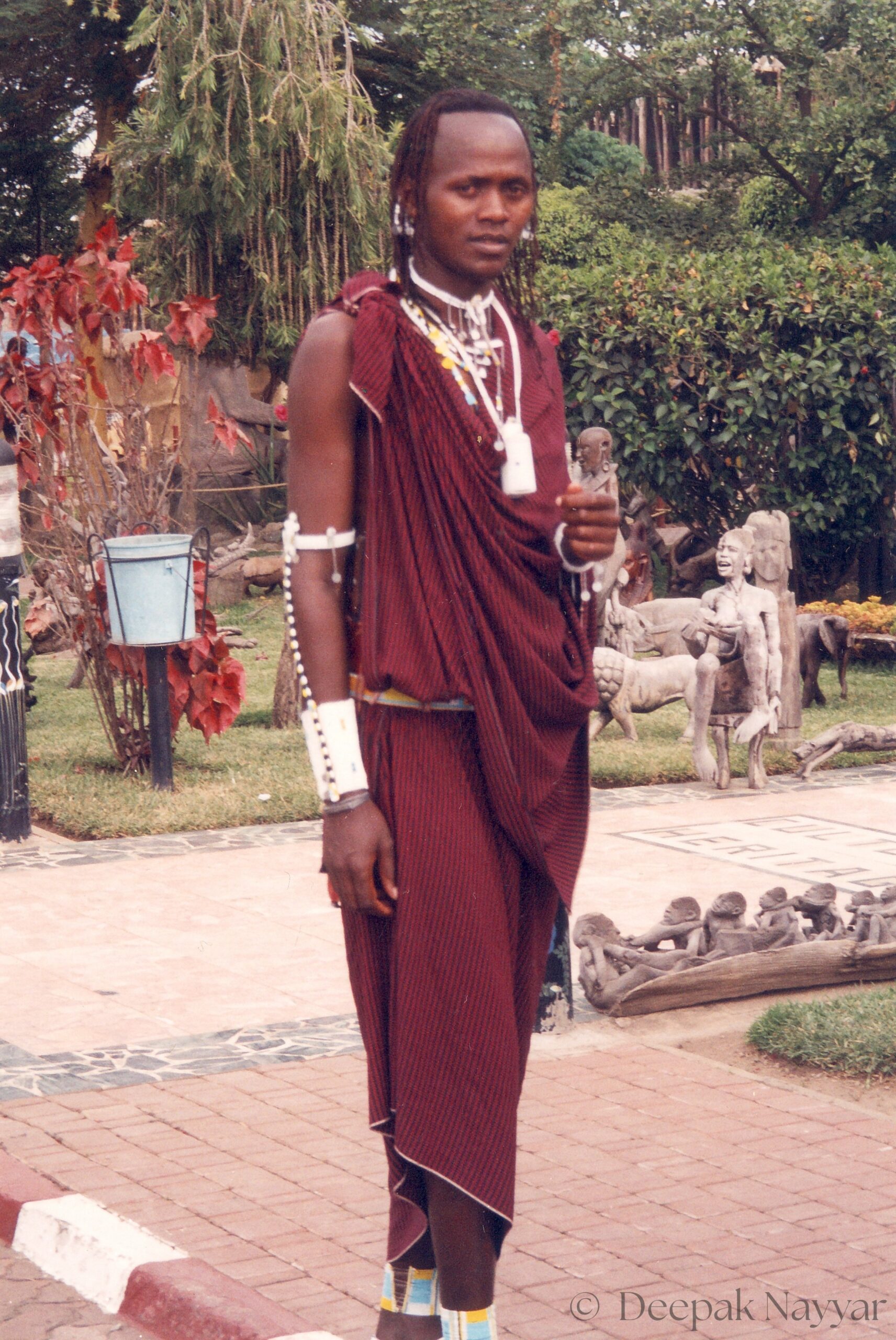
From the Maasai tribe, a warrior, tall but not fierce.
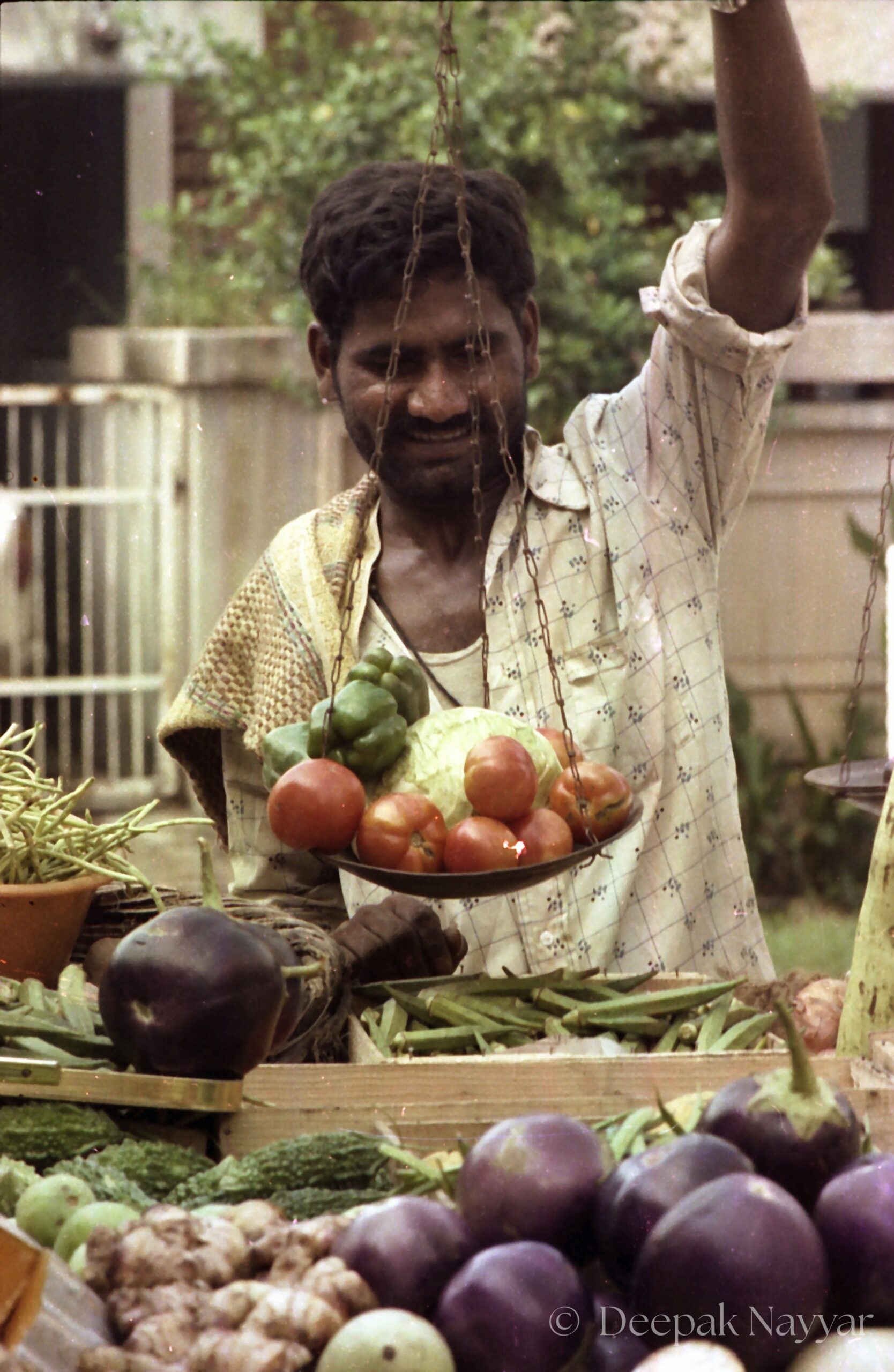
Selling fresh vegetables at homes from a bicycle driven cart.
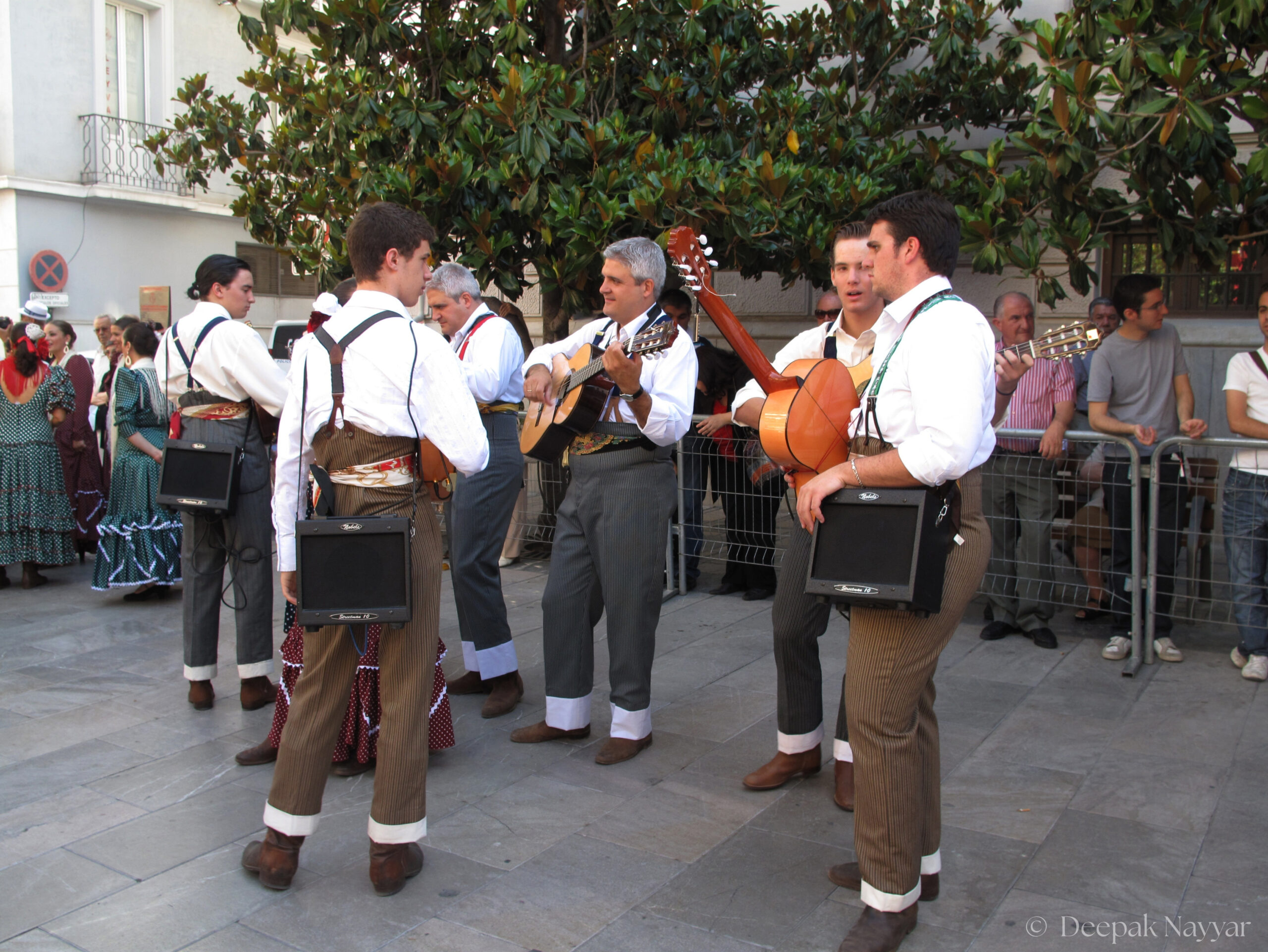
Getting ready for a performance, tuning their instruments.
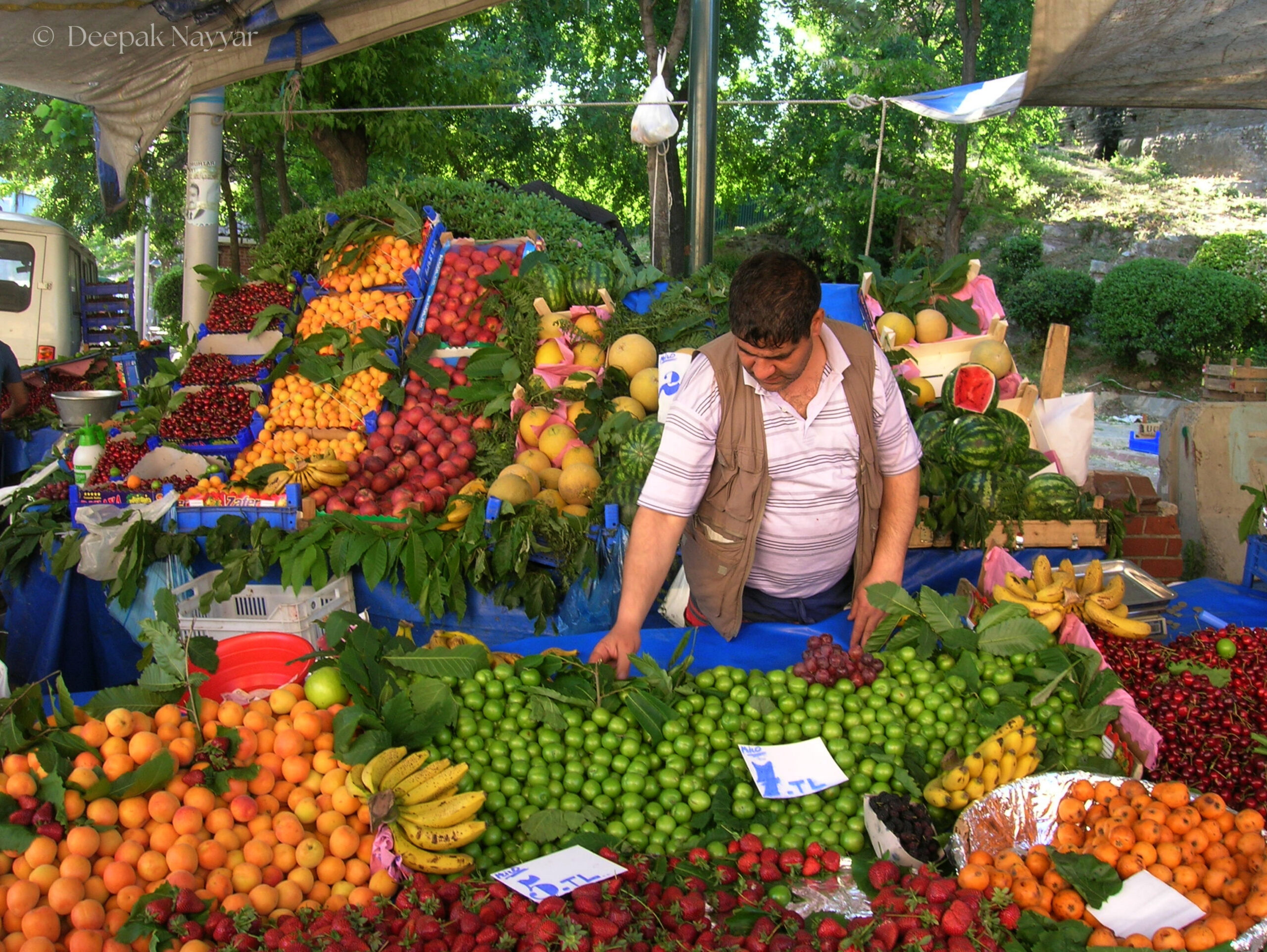
A tempting array of fruits.

Folk music in the old town.
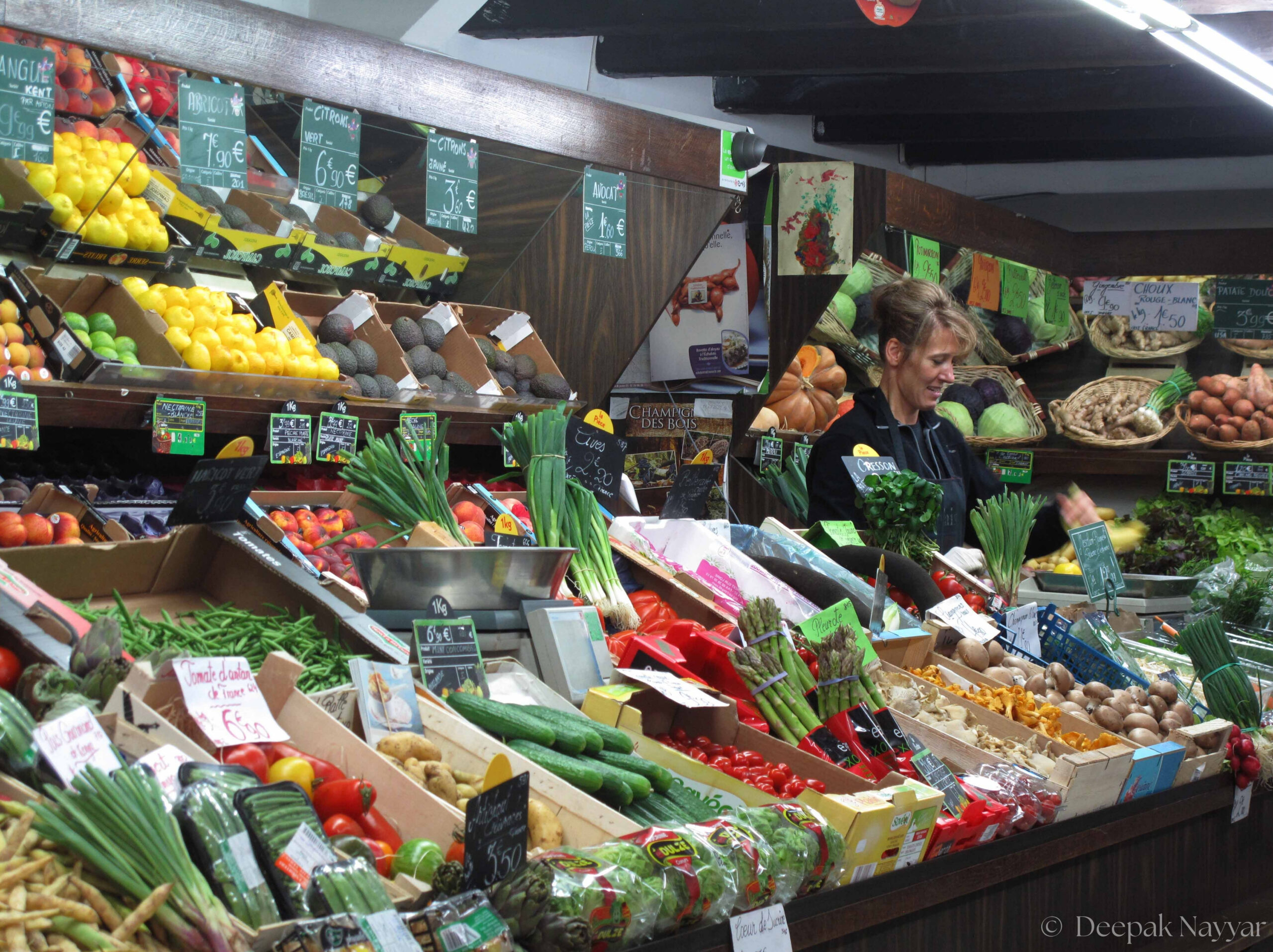
Vegetables and fruits on the Left Bank.
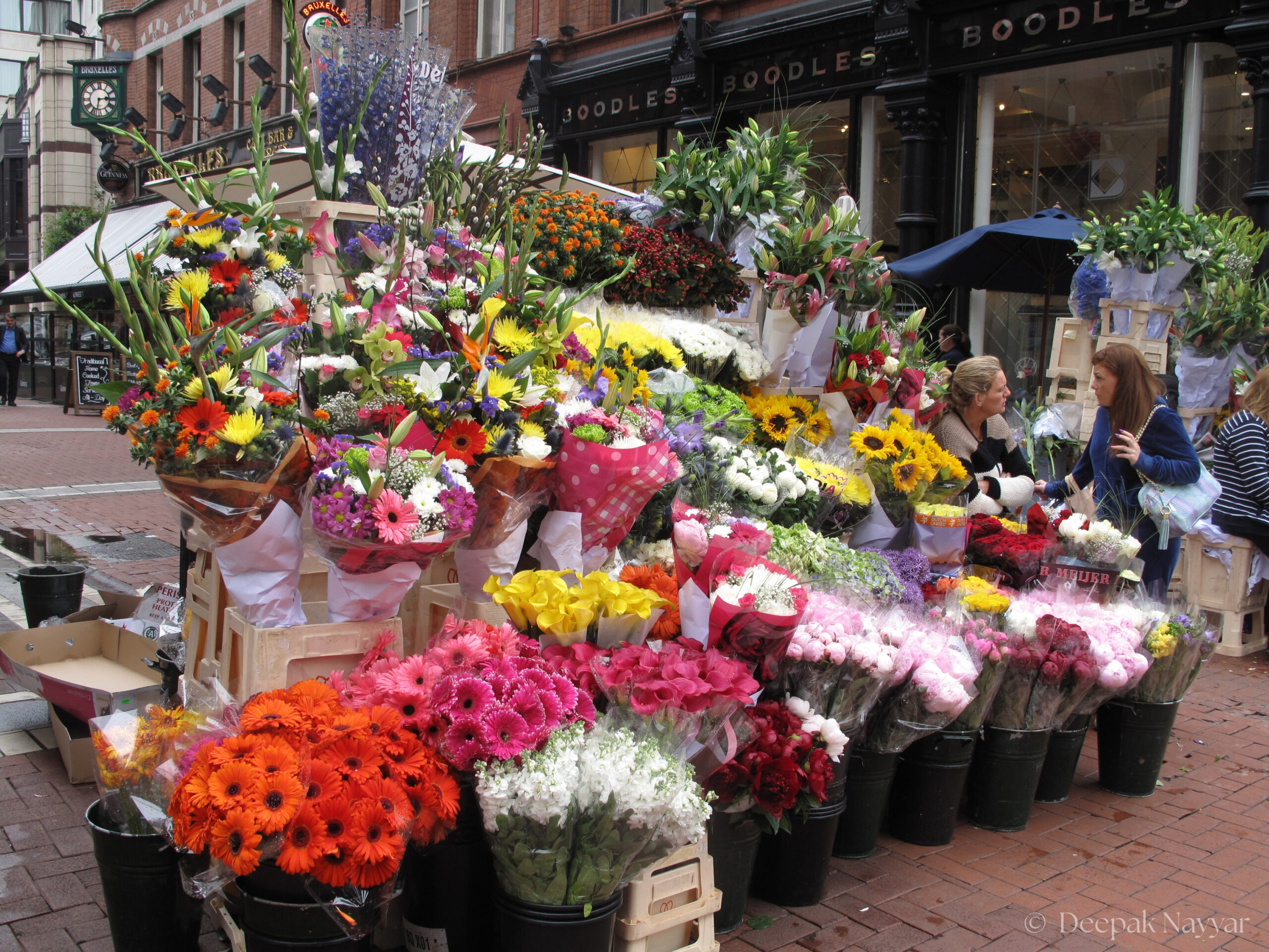
Florist chatting with a customer.
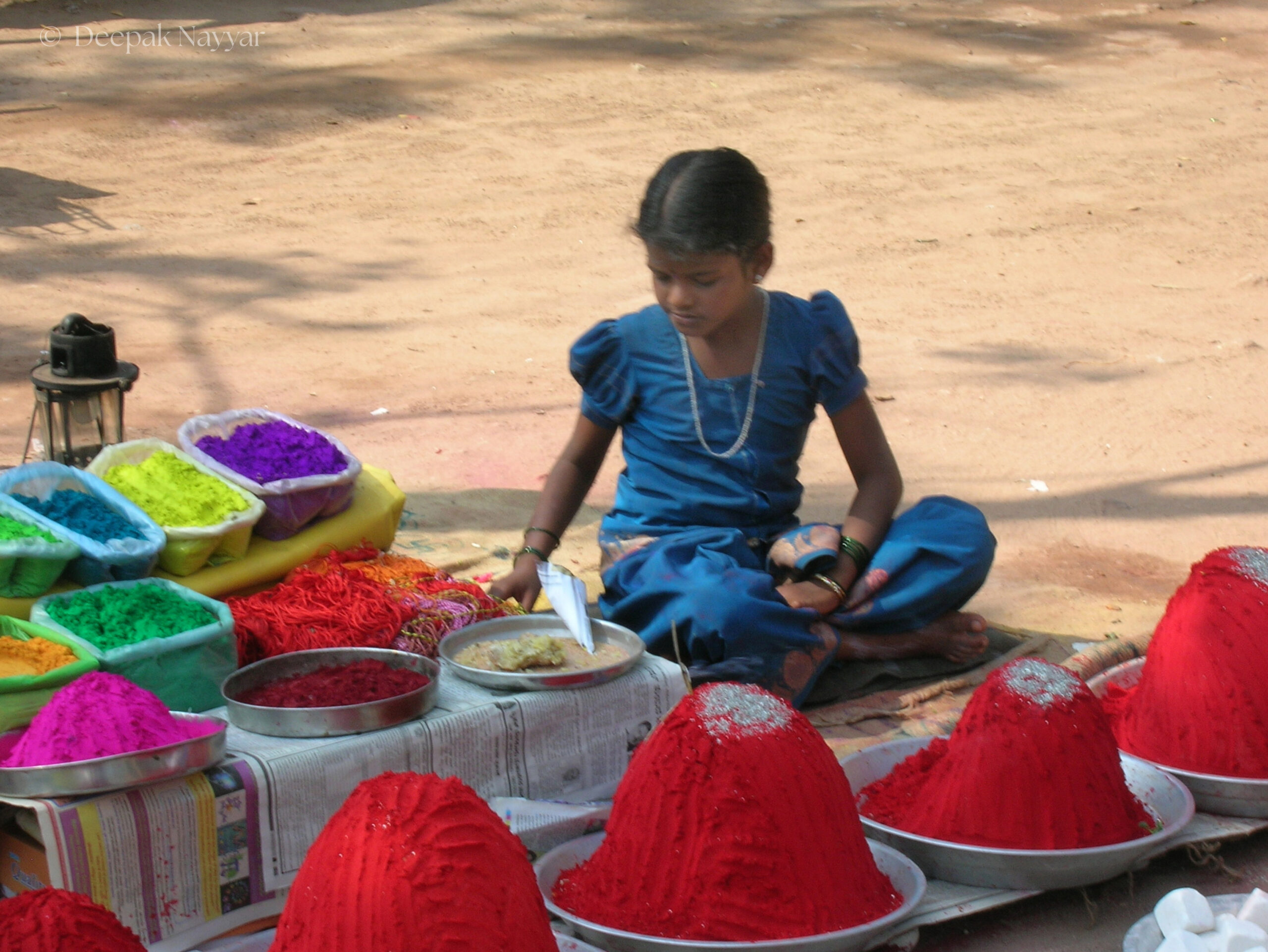
Young vendor outside Virupaksha temple still used for worship.
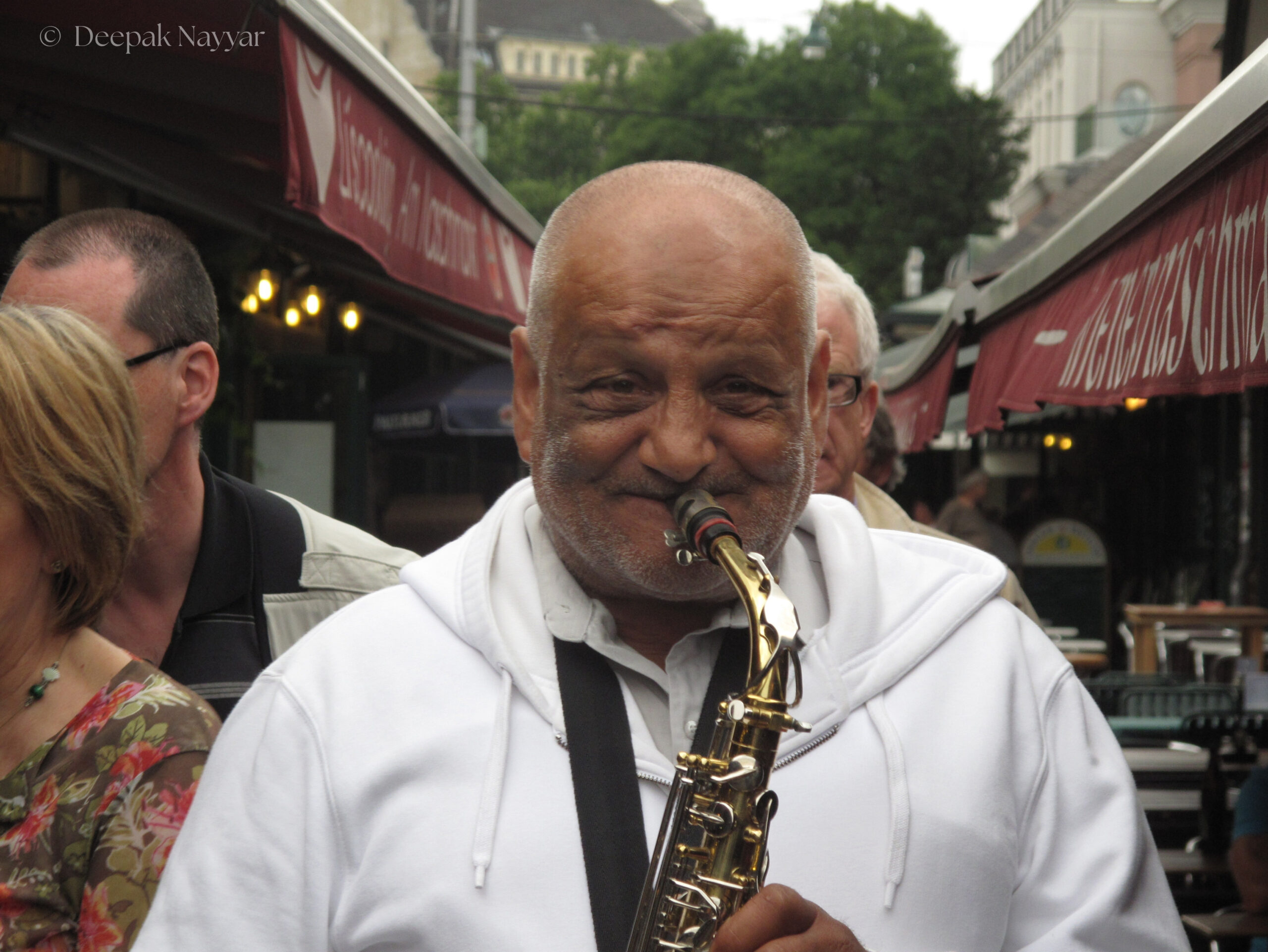
Street musician immersed in his jazz.

Owner of a cheese store, smiling for a buyer, even if he seems to be saying ‘cheez’ for the camera.

Gathering at a village market.
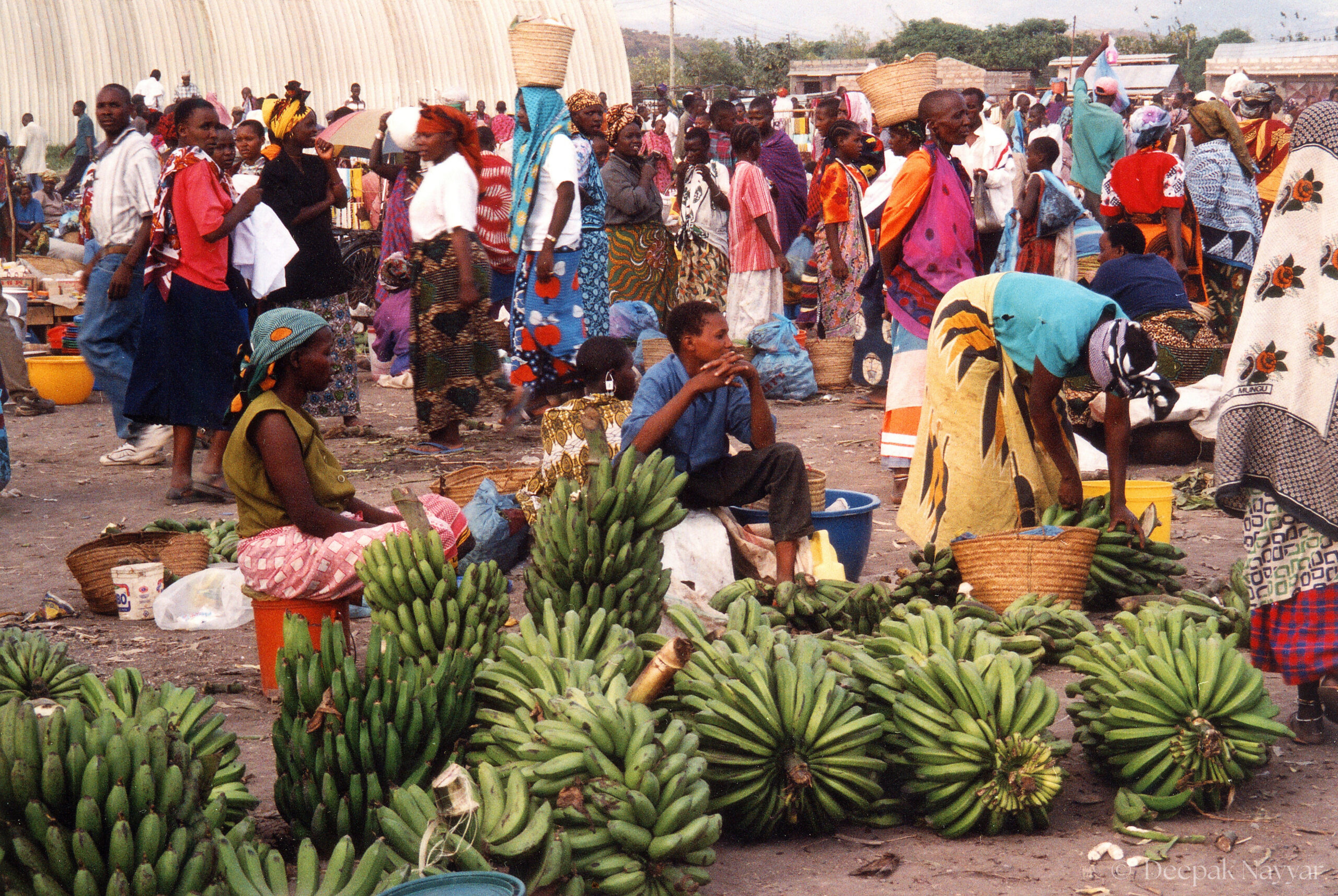
Village Sunday Market.

Playing the saxophone on the Royal Mile, close to the burial place of Adam Smith, a pilgrimage for some.
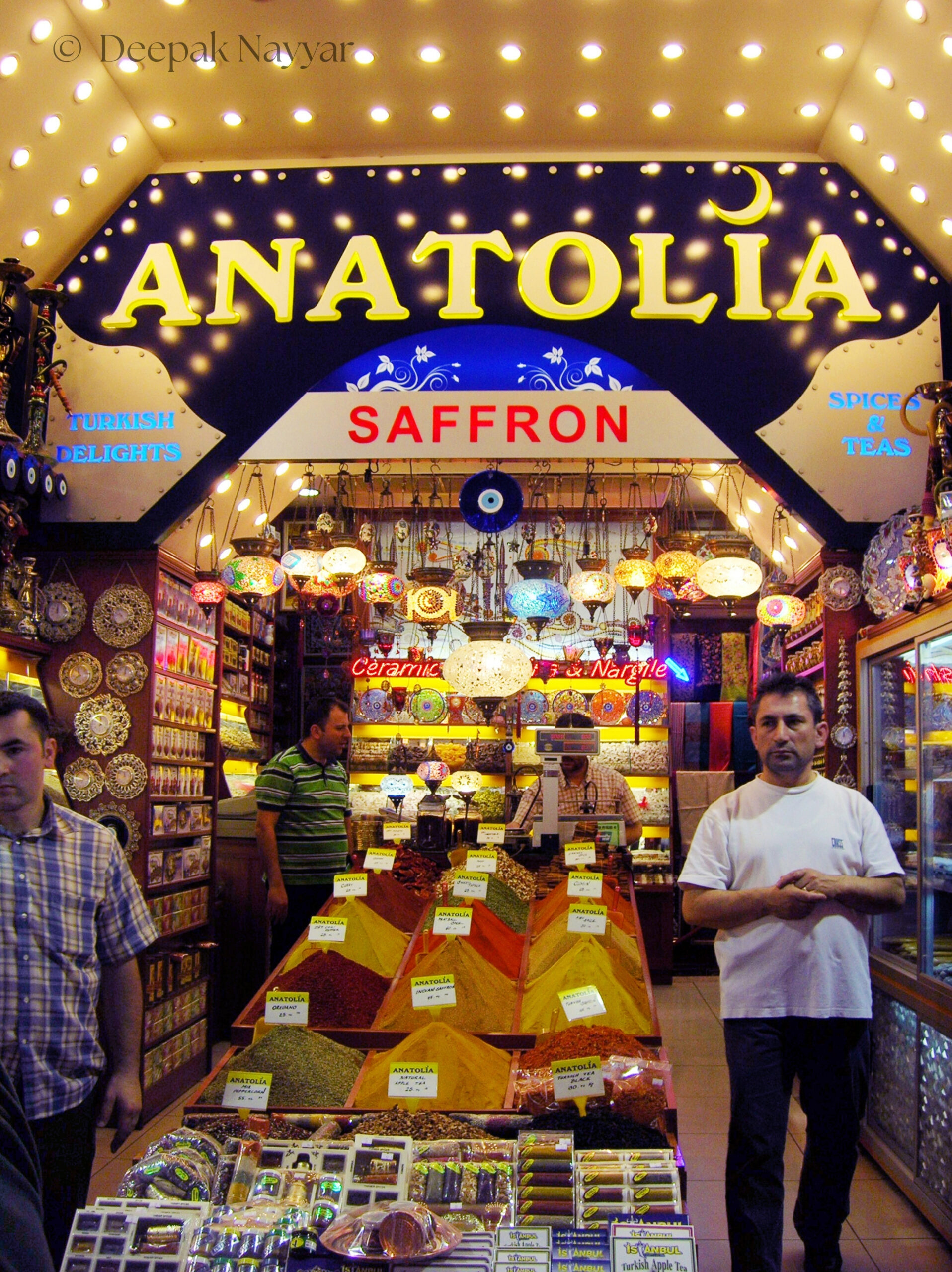
Saffron and more, in the Spice Market, an important point on theSilkRoute once upon a time.

Thinking while smoking.
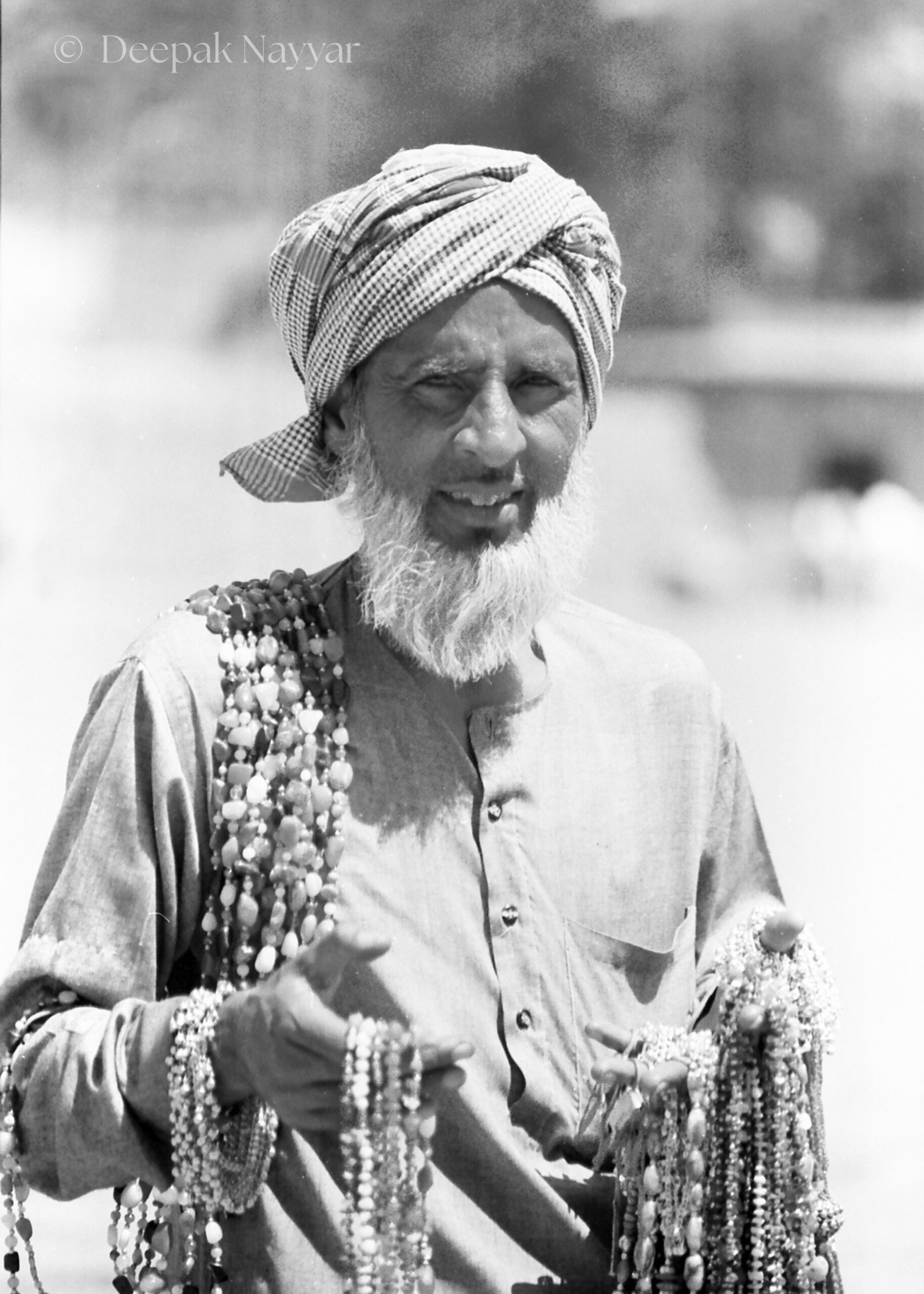
Selling bead necklaces.

Fruit seller.
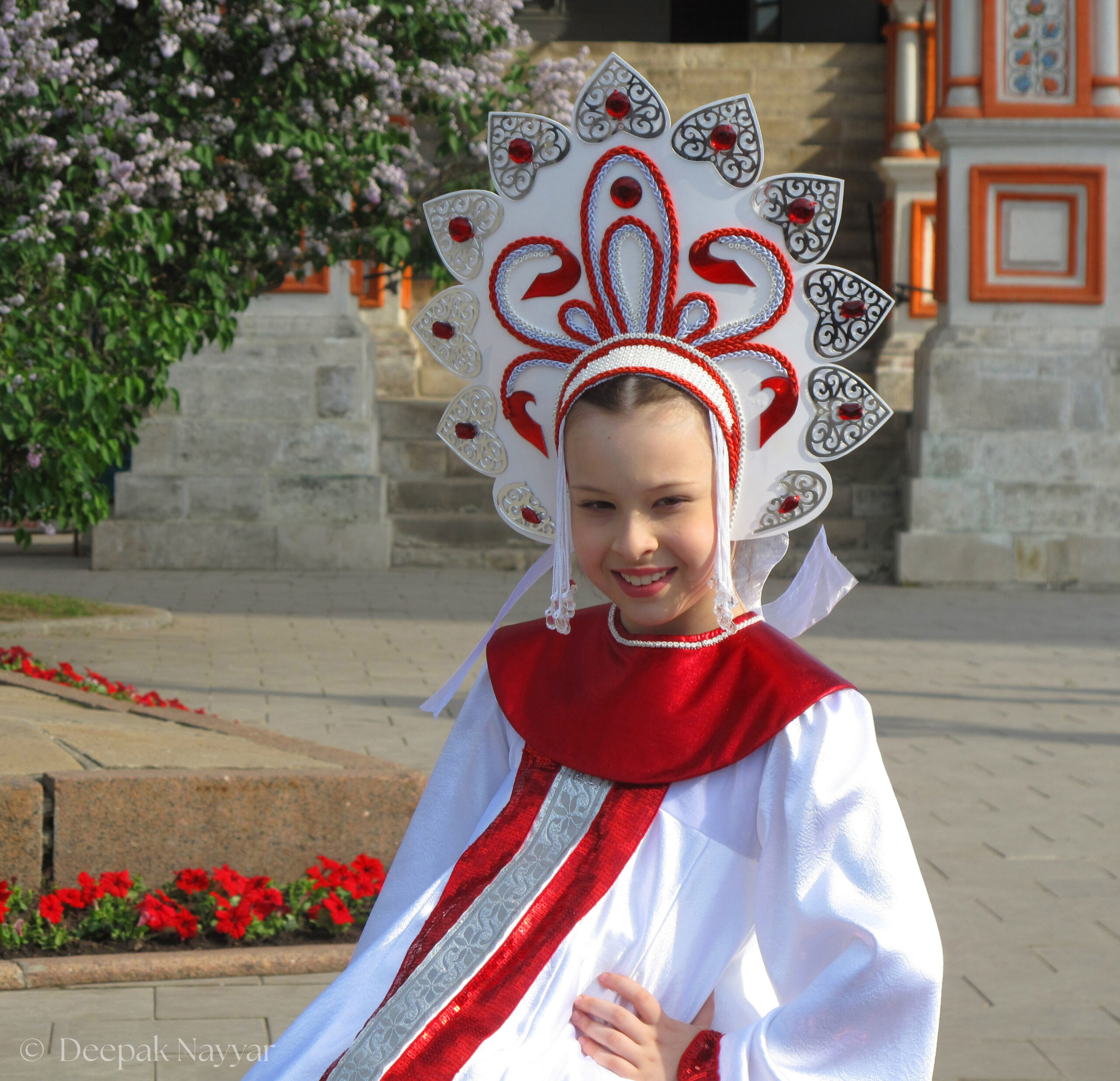
A poised young beauty contest winner.

Looking through the key, a symbol of eternal life.
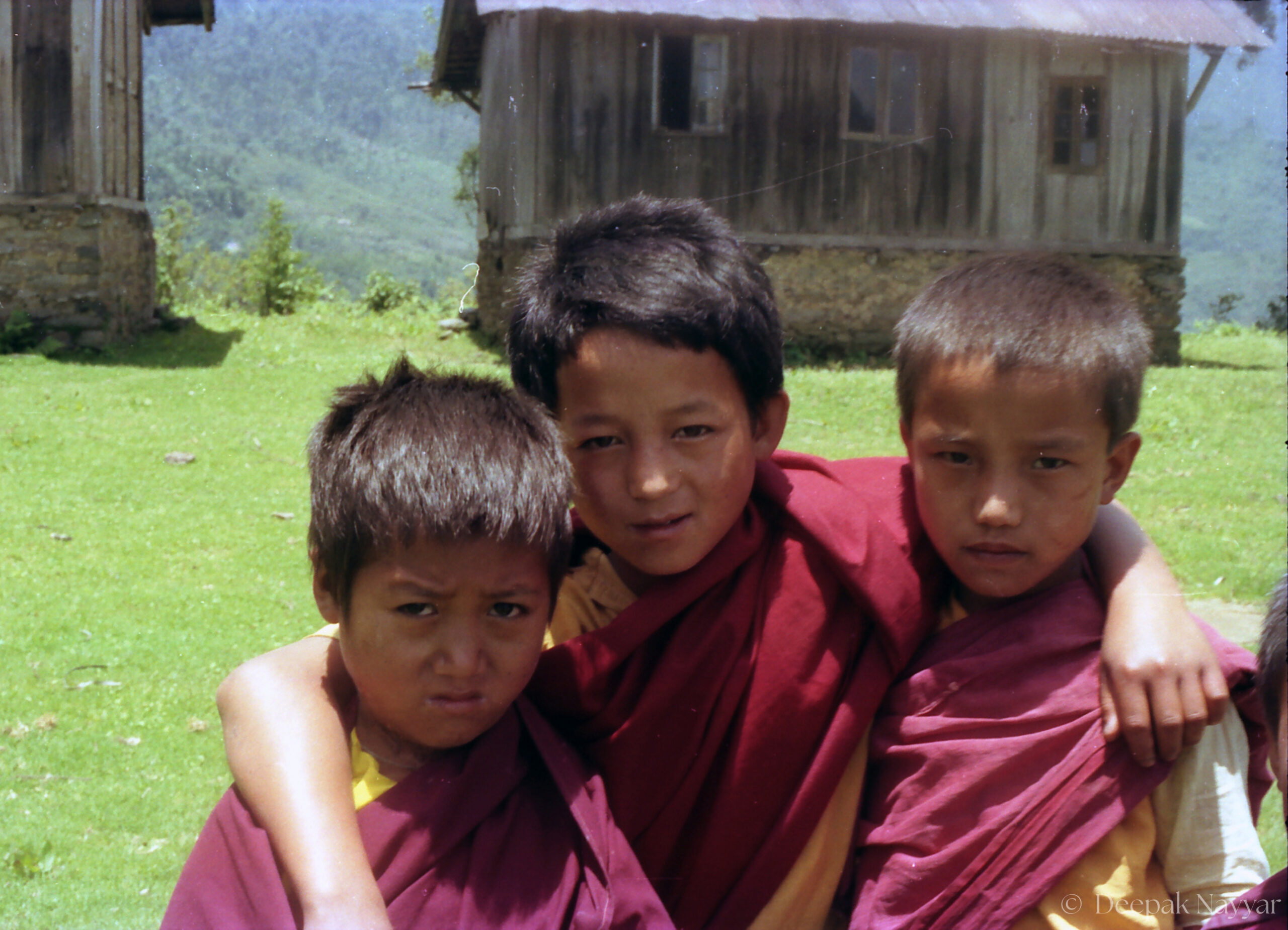
Intrigued by the camera, yet poised, Children at a Buddhist Monastery.

Sailor gazing at boats in the Adriatic Sea.

Kind face and a gentle smile.
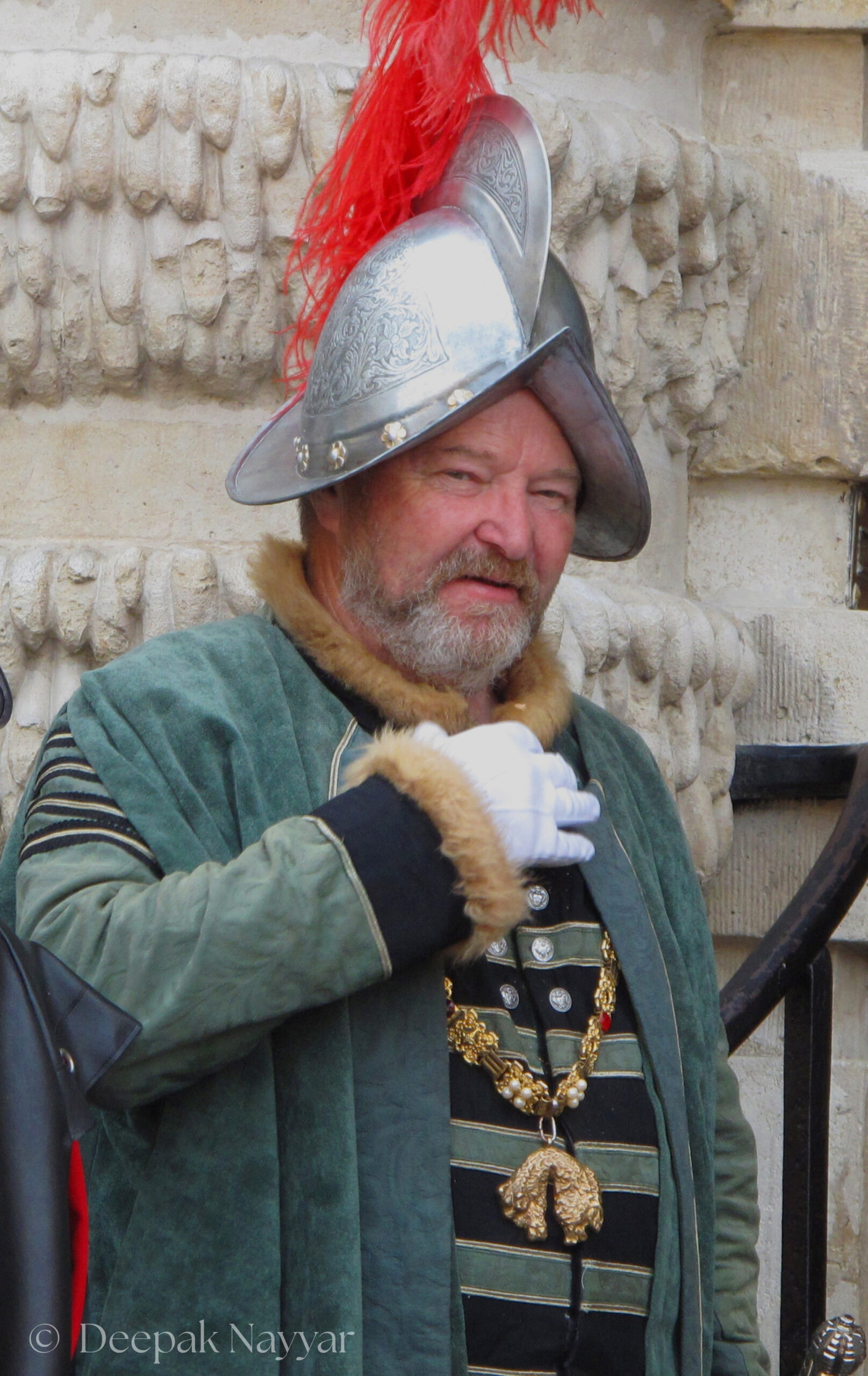
Ceremonial Guard at the Town Hall.
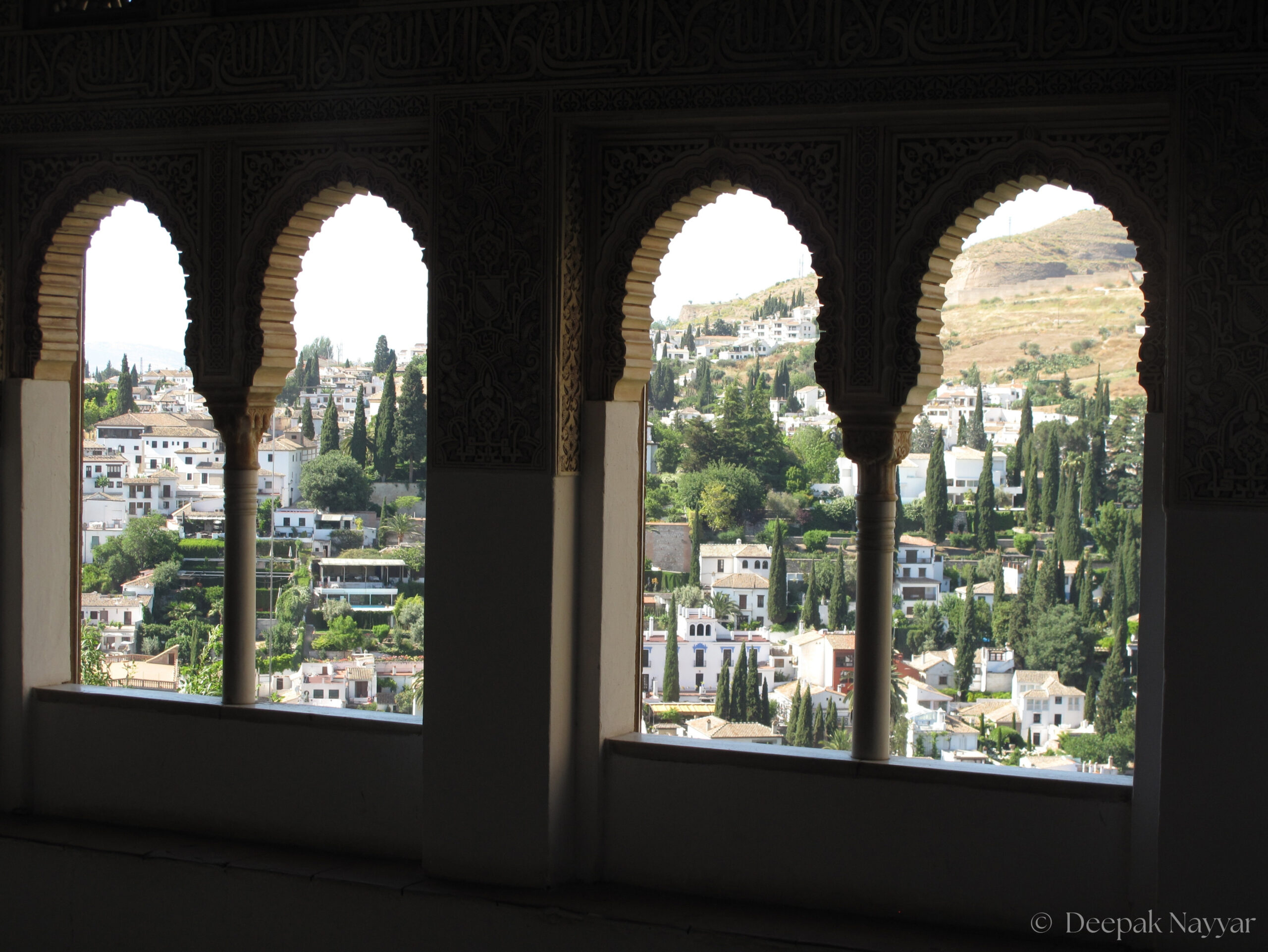
Granada, seen through the arches of Alhambra.

Dubrovnik, an exquisite medieval walled city on the Adriatic Sea, in the region of Dalmatia (modern Croatia). It was extensively damaged in wars, twice during the twentieth century, but has since been restored to perfection.
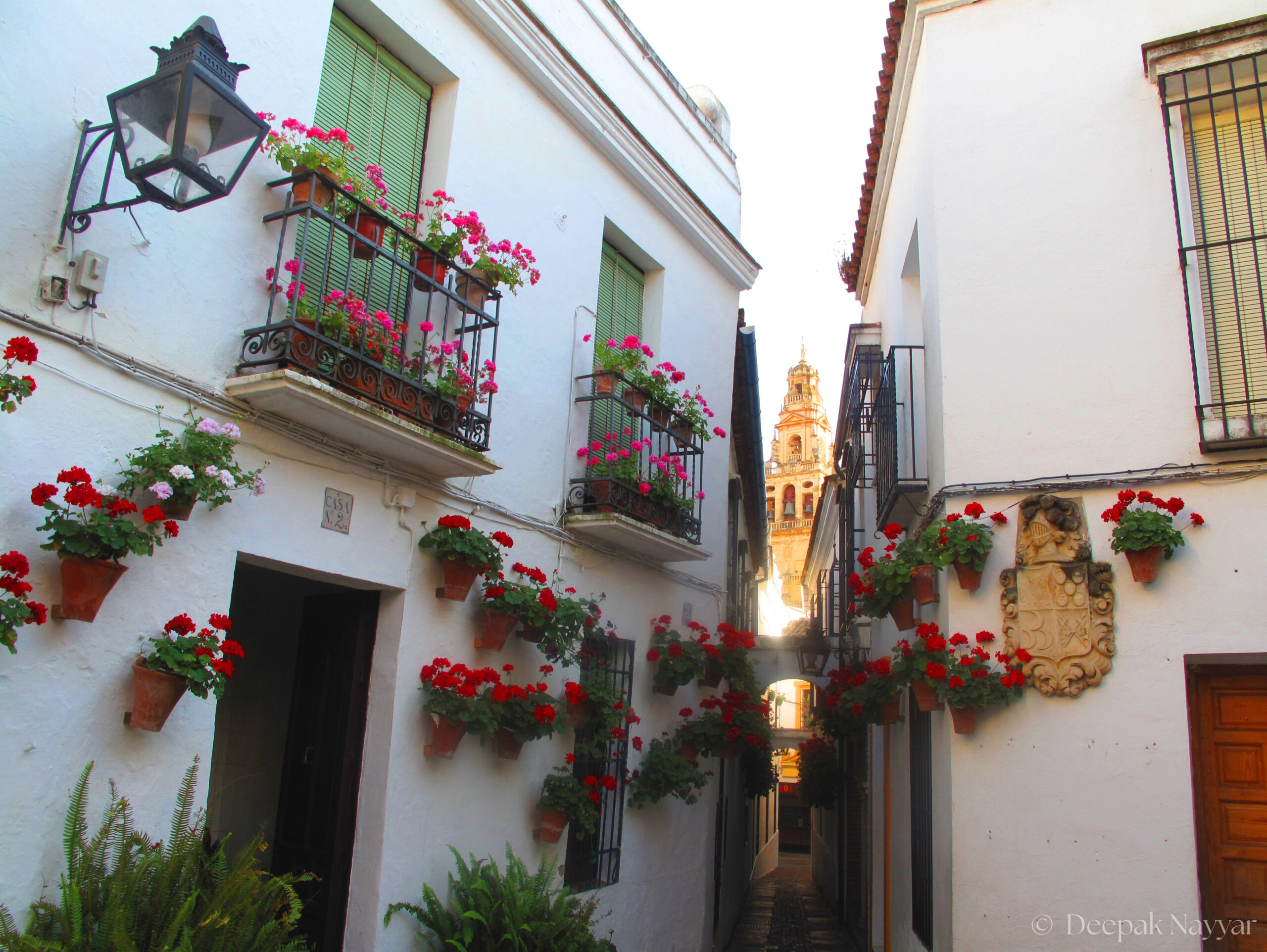
The old town of Cordoba, in Andalusia, with its charming houses, beautiful flowers, and Torre de Aliminar (the almost 100-metre high bell tower) built on the site of the original minaret of the Mezquita.
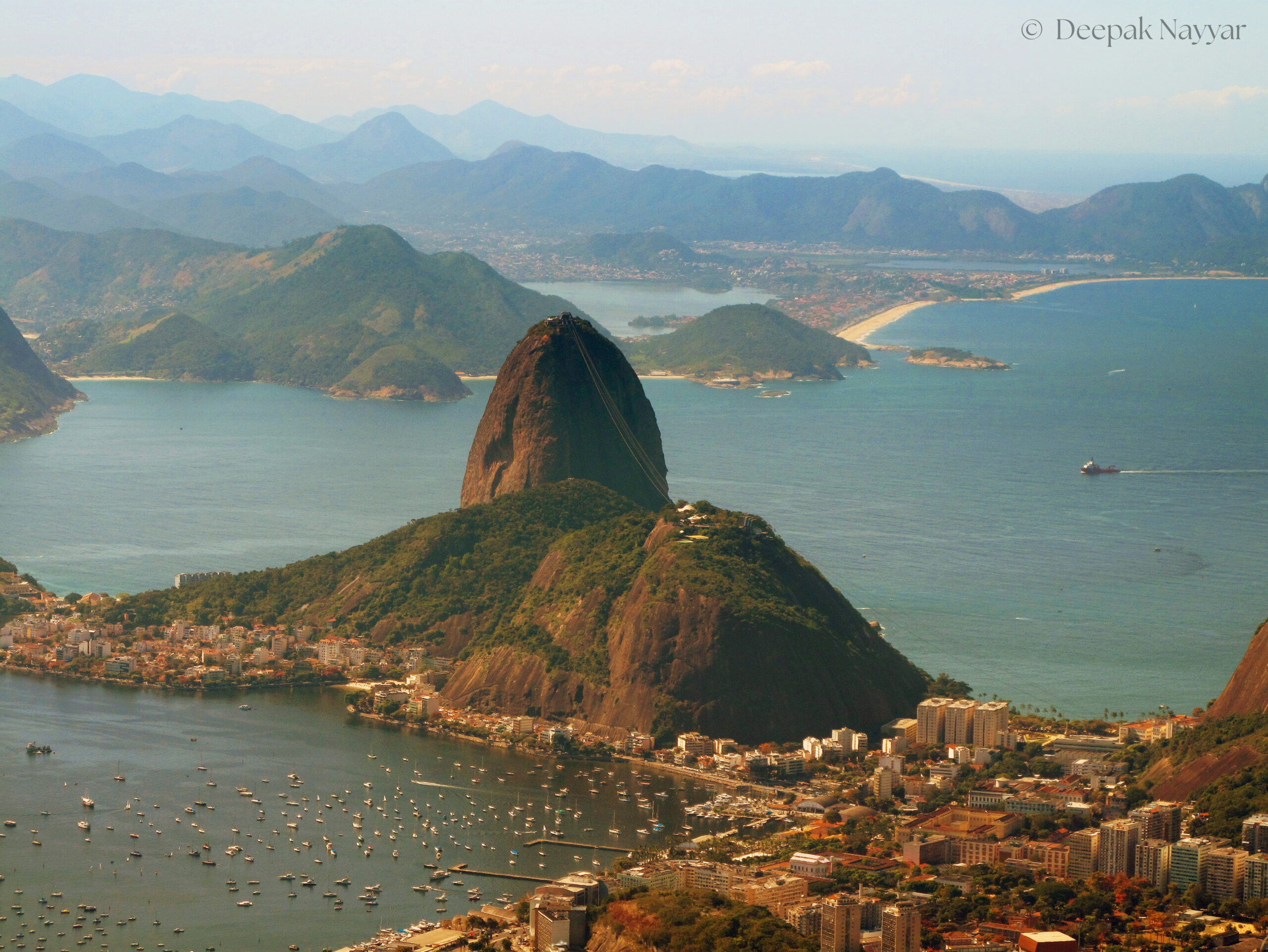
Rio de Janeiro, an exquisite view from Corcovado mountain, with Pao de Acucar, the Sugar Loaf Mountain, famous for its shape, cableway and panoramic views of Rio at the centre of the photograph.
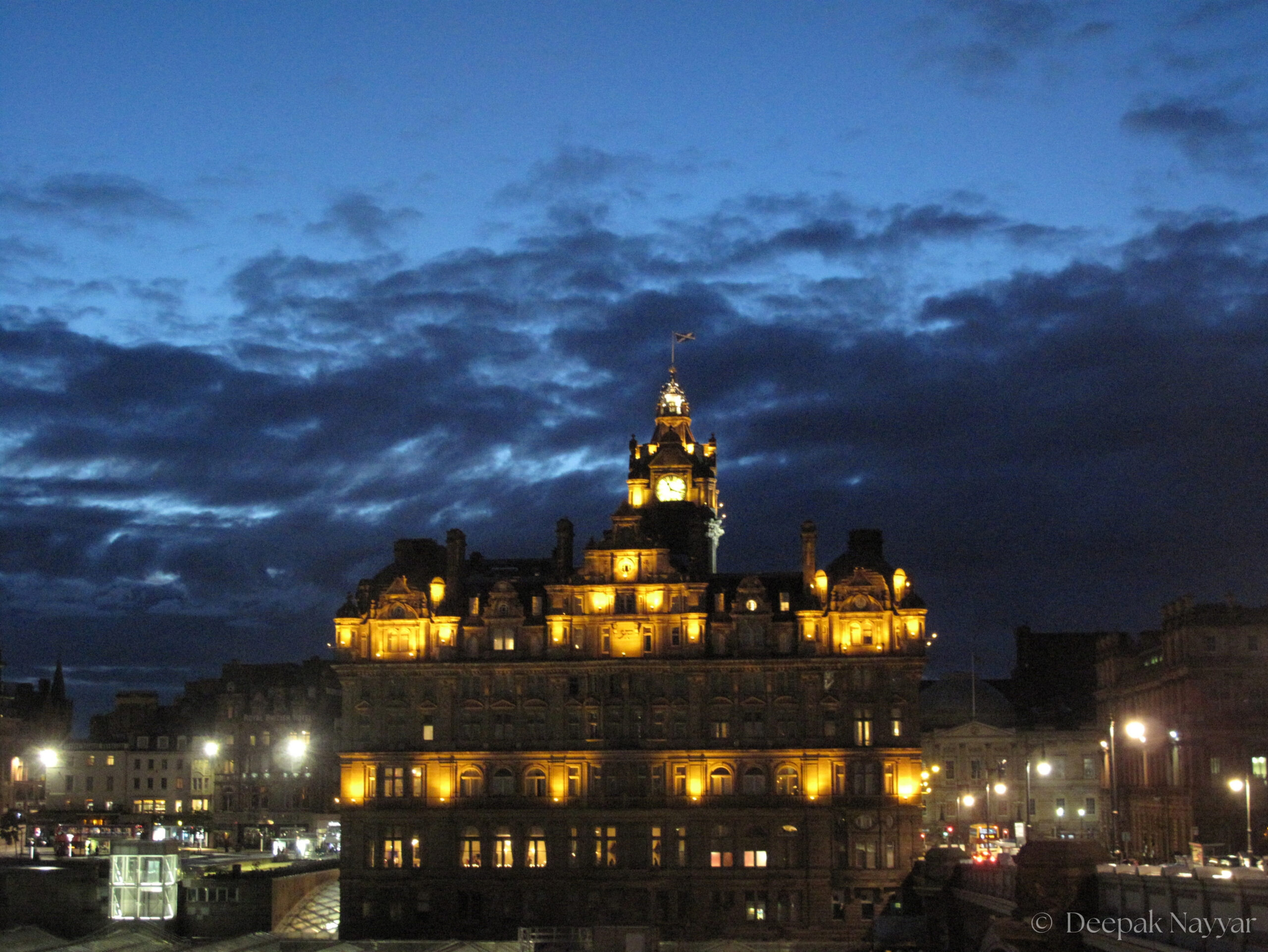
City Centre at night. The prominent clocktower is The Balmoral Hotel, which began life as the railway station hotel. This clock is famously set three minutes fast supposedly to help passengers form missing their trains.
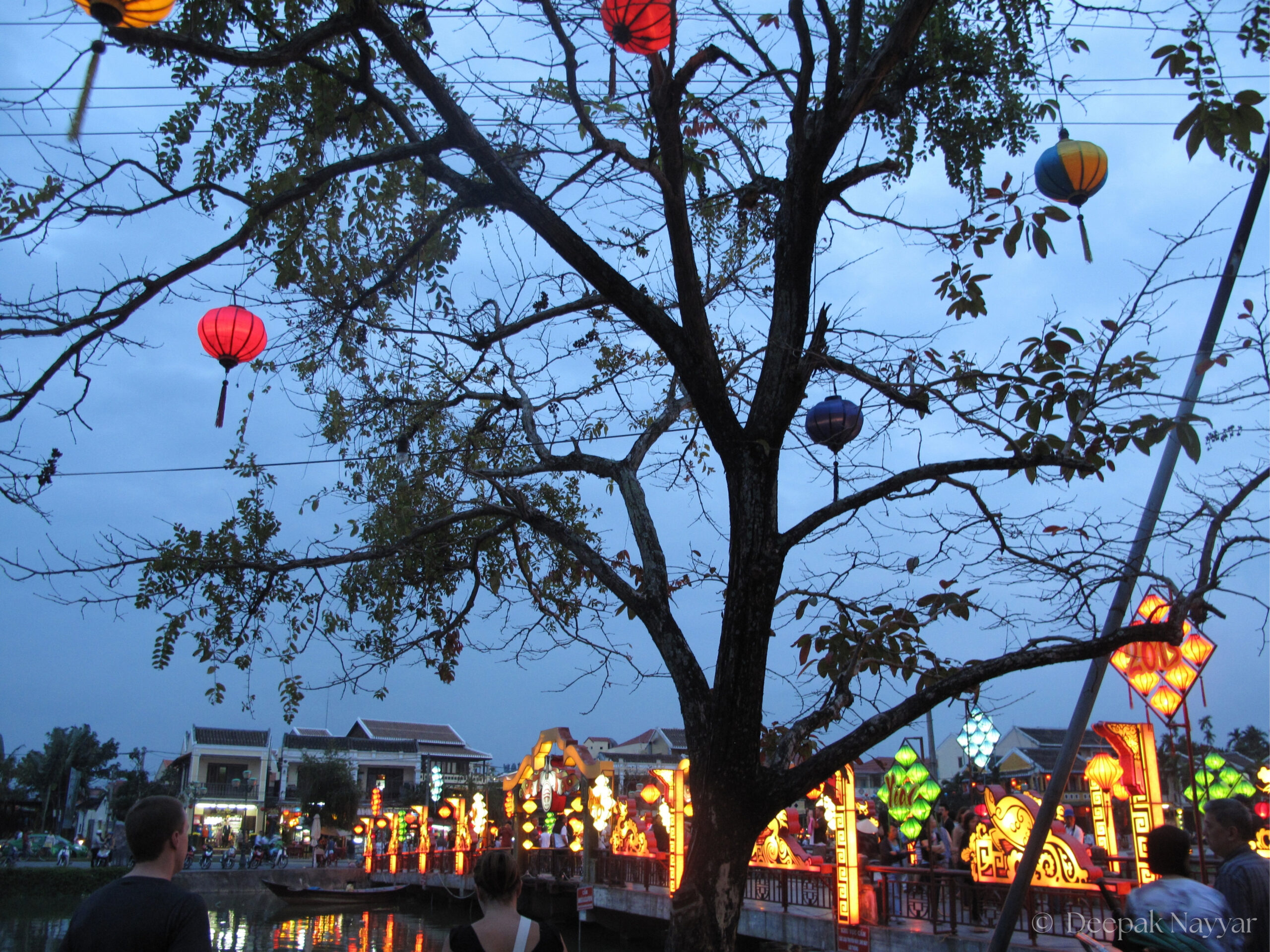
Most charming ancient town that was built as a small Southeast Asian port beginning in the 15th century. This is the time of the Lunar New Year which is celebrated with the Lantern Festival, by switching off all electrical lights.

Khiva is one of the old cities of ancient Khorzem, and was an important trading post on the Great Silk Route. It is preserved as a gem of eastern middle-age architecture, with fifty historic monuments and over 250 old houses. This photograph of the old town, seen from its outer city wall, shows the Islam Khwaja Minaret and the Pahlavan Mahmoud Mausoleum at a distance on the left; and the Kalta-Minor (the short minaret) in the foreground on the right.

Across the River Tagus, Castilla La Mancha.

Istanbul at sunset, from the left: Constantine Column on the Hippodrome, the Ayasofya, or Hagia Sophia (to begin with a Greek Orthodox Basilica, later an imperial mosque during the Ottoman era, and now a museum), and the Asian part of the city across the Bosphorus at some distance.

Jaisalmer Fort, among the largest fortifications in the world, built by Rawal Jaisal, during the mid-12th century in yellow sandstone, which blends with the golden sands of the Thar Desert .
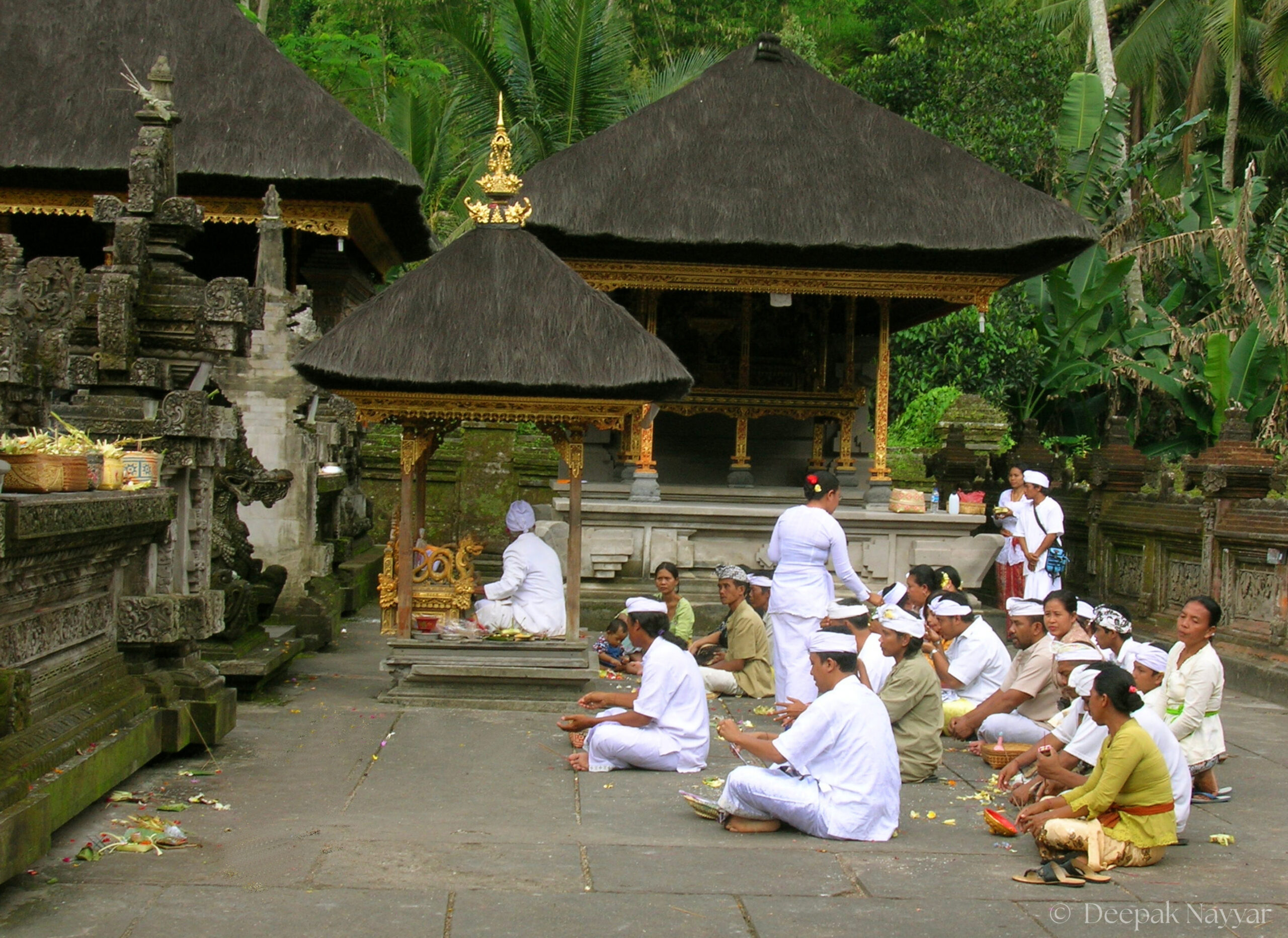
Pura, believed to be the holiest of all Hindu temples in Bali, is a sprawling complex of twenty-three separate temples, some dating back to the tenth century. The main axis of these temples aligned with the peak of Gunung Agung,the tallest mountain and the holiest site in all of Bali.
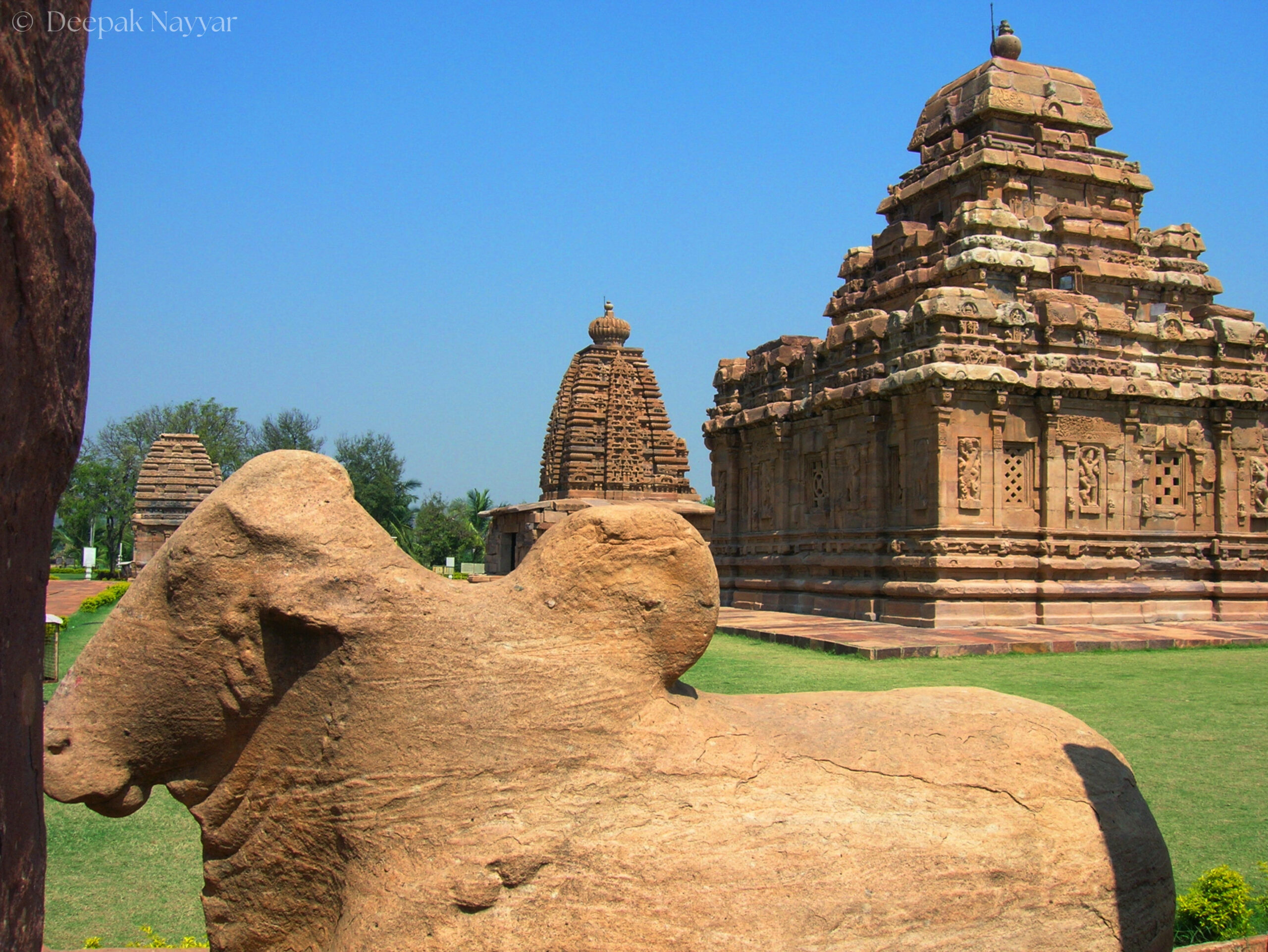
Pattadakal, on the banks of the Malaprabha river in Bagalkot. It has a complex of ten temples,built between the 7th and 9th centuries, in a fusion of architectural styles. Four temples are in the Dravidian style of the Chalukyas, four temples are in the Nagara style of Northern India, while two are in a mixed style. It was the capital of the Chalukya Dynasty, and the place for the coronation of its Kings.
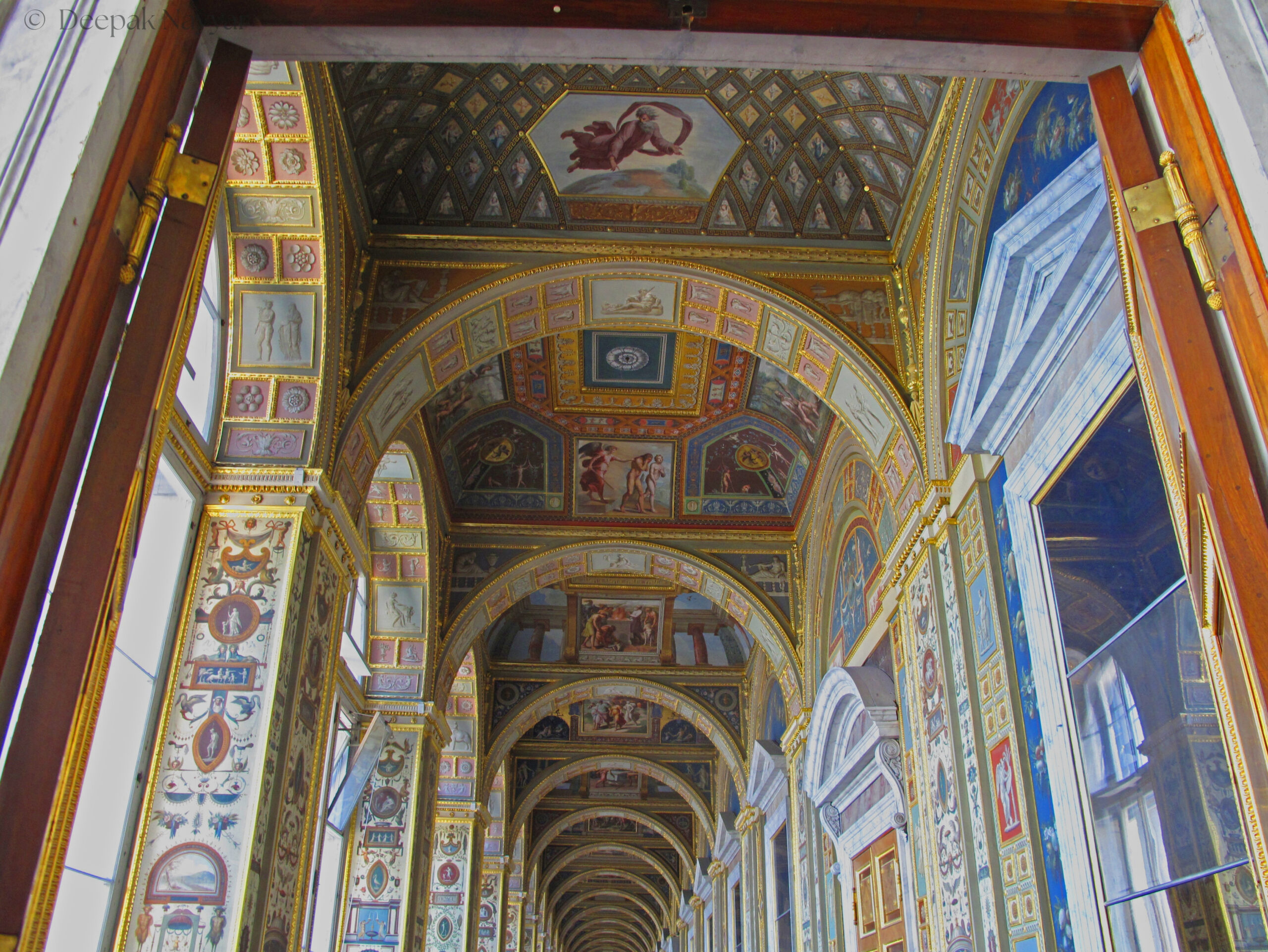
The Hermitage.
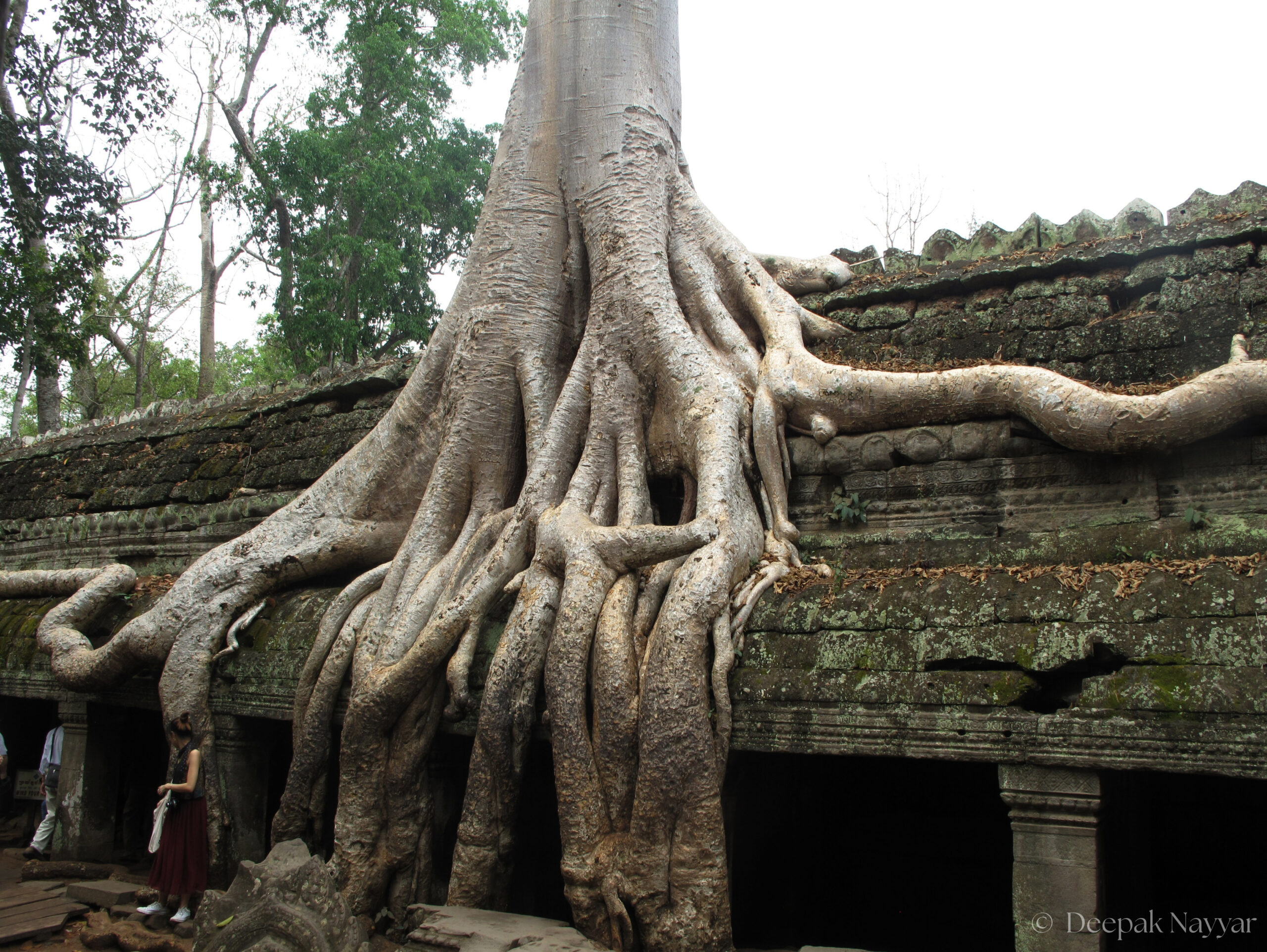
Ta Prohm was built in the late 12th-early 13th century by the Khmer KingJayavarman VII as a Mahayana Buddhistmonastery and university. Initially Known as Rajvihara, it was abandoned after the fall of the Khmer empire in the17th century. The surrounding jungle and the trees growing out of the ruins lend it a unique charm.
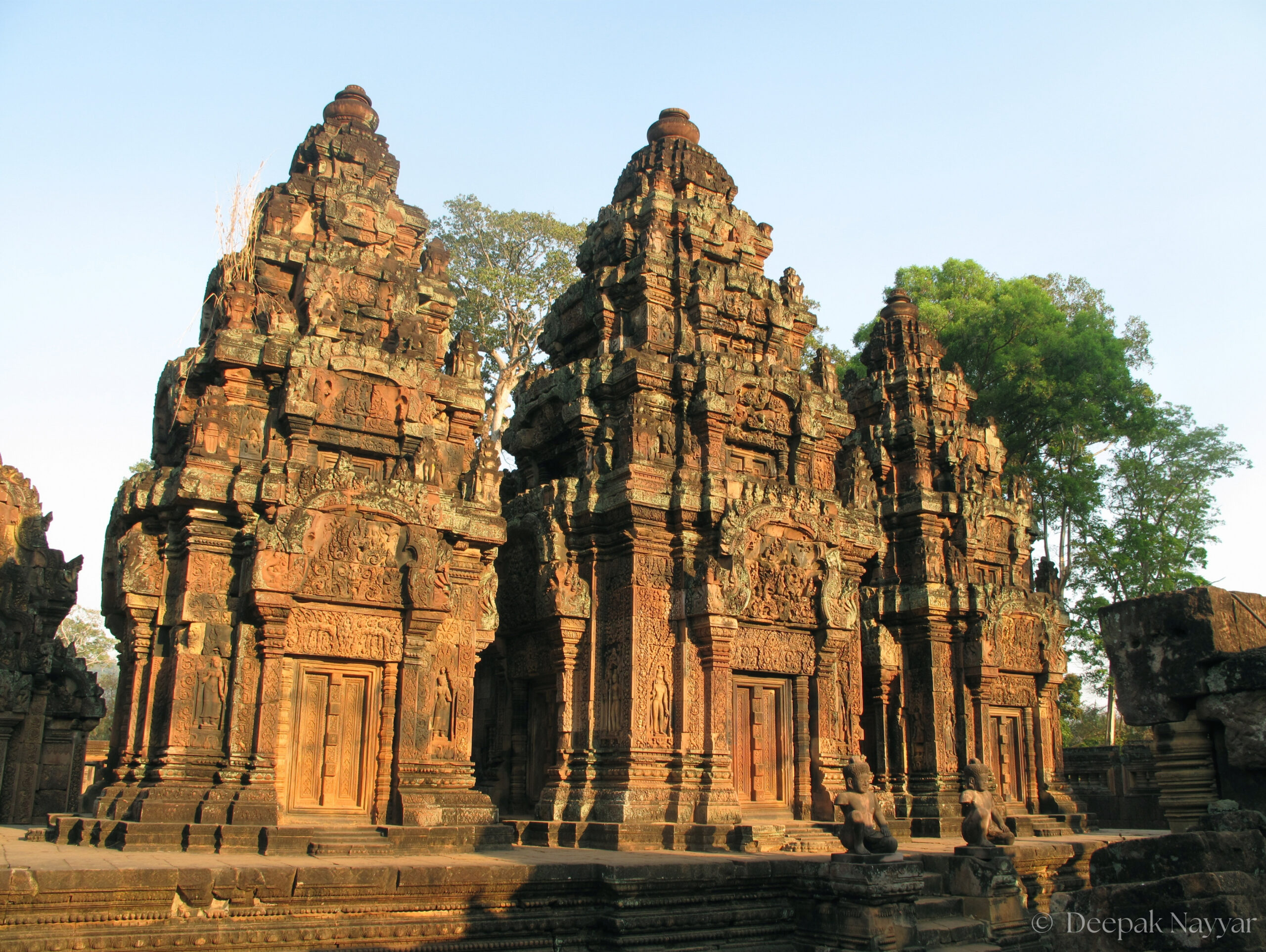
Angkor Wat, three small temples in the afternoon sun.
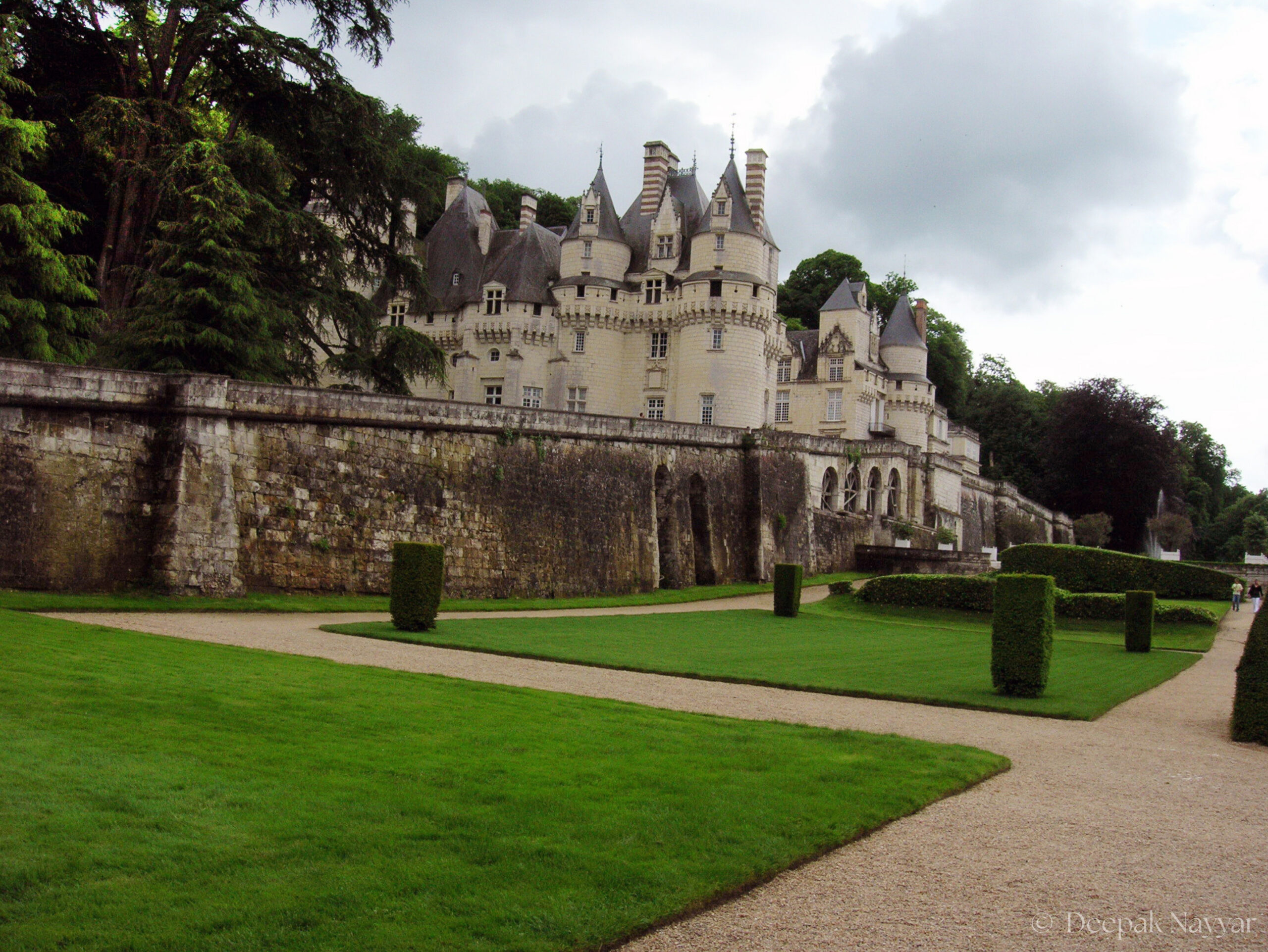
Chateau Chenonceau on a cloudy afternoon.
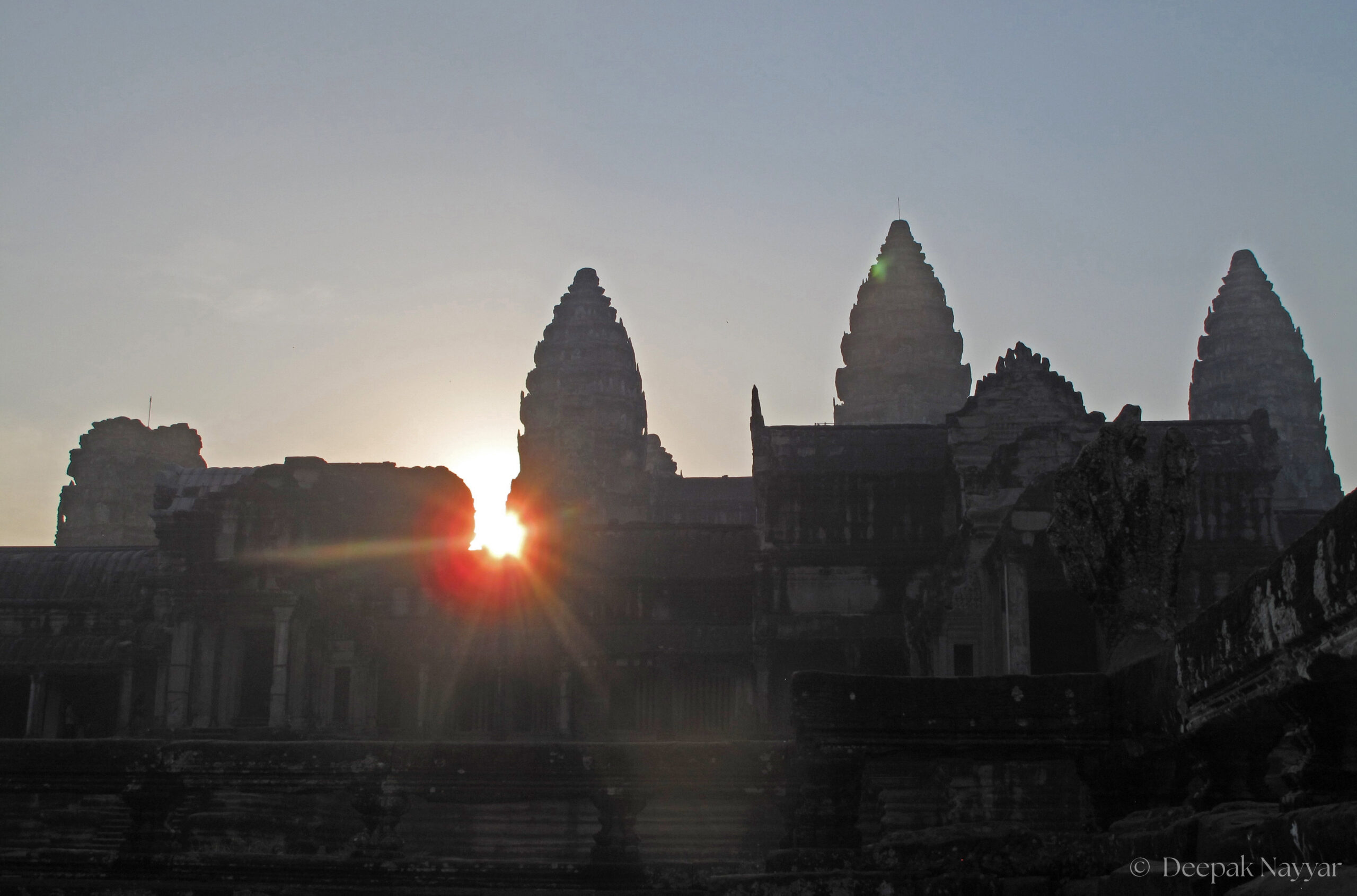
Angkor Wat temple complex at sunset.

Fatehpur Sikri, a medieval city built in red sandstone. Founded by Emperor Akbar, it served as the capital of the Mughal Empire from 1571 to 1585.
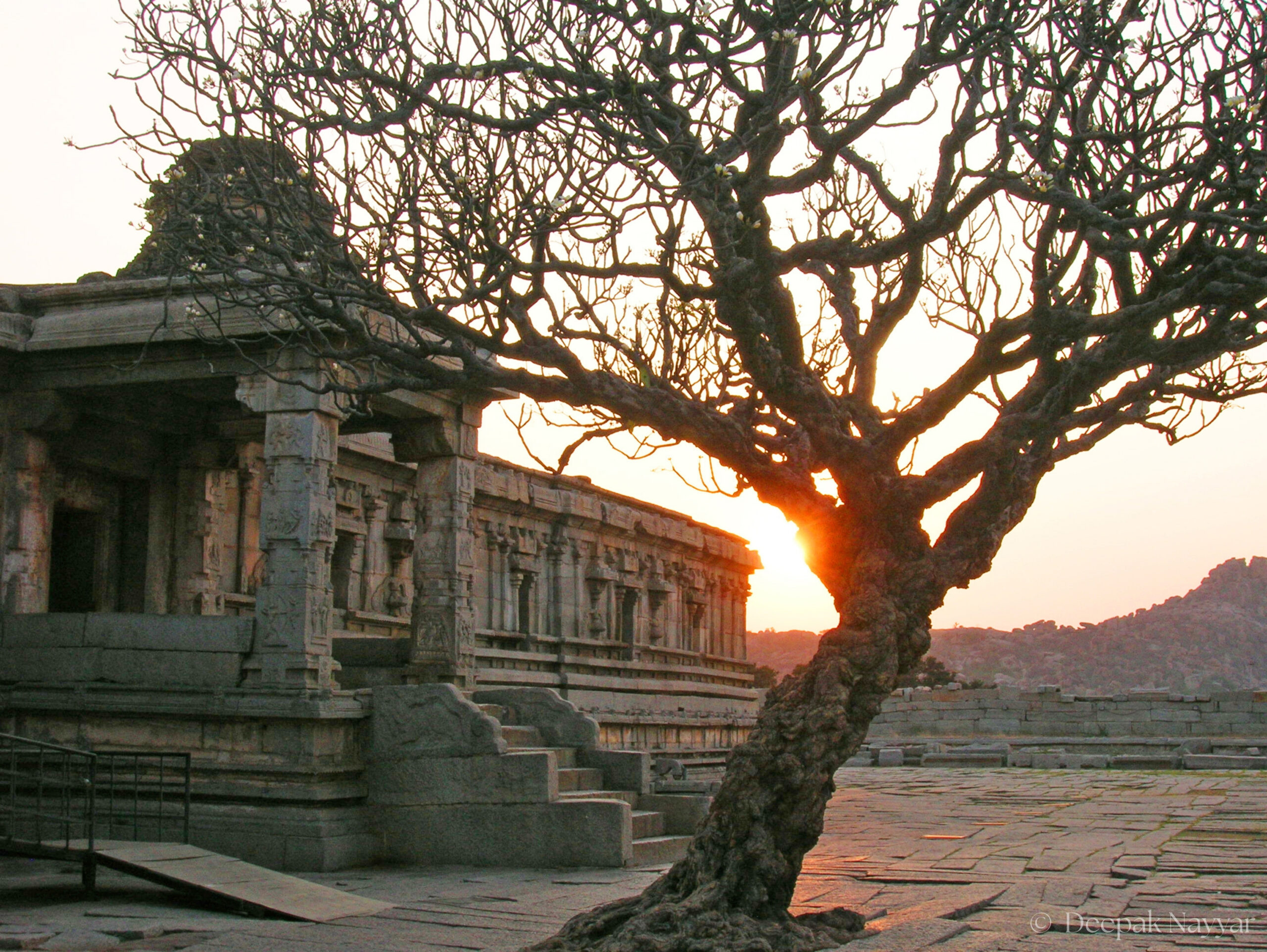
Shiva temple at sunset. The ruins of Hampi. It was the capital of the vijayanagar empire from 1136 to 1646, and is considered an archeological gem.

Kom Ombo, site of the ancient city of Pa-Sabek, a centre for the worship of the crocodile god Sabek. Traces of the city are long gone. So have the crocodiles that used to bask in the sun on the banks of this river.
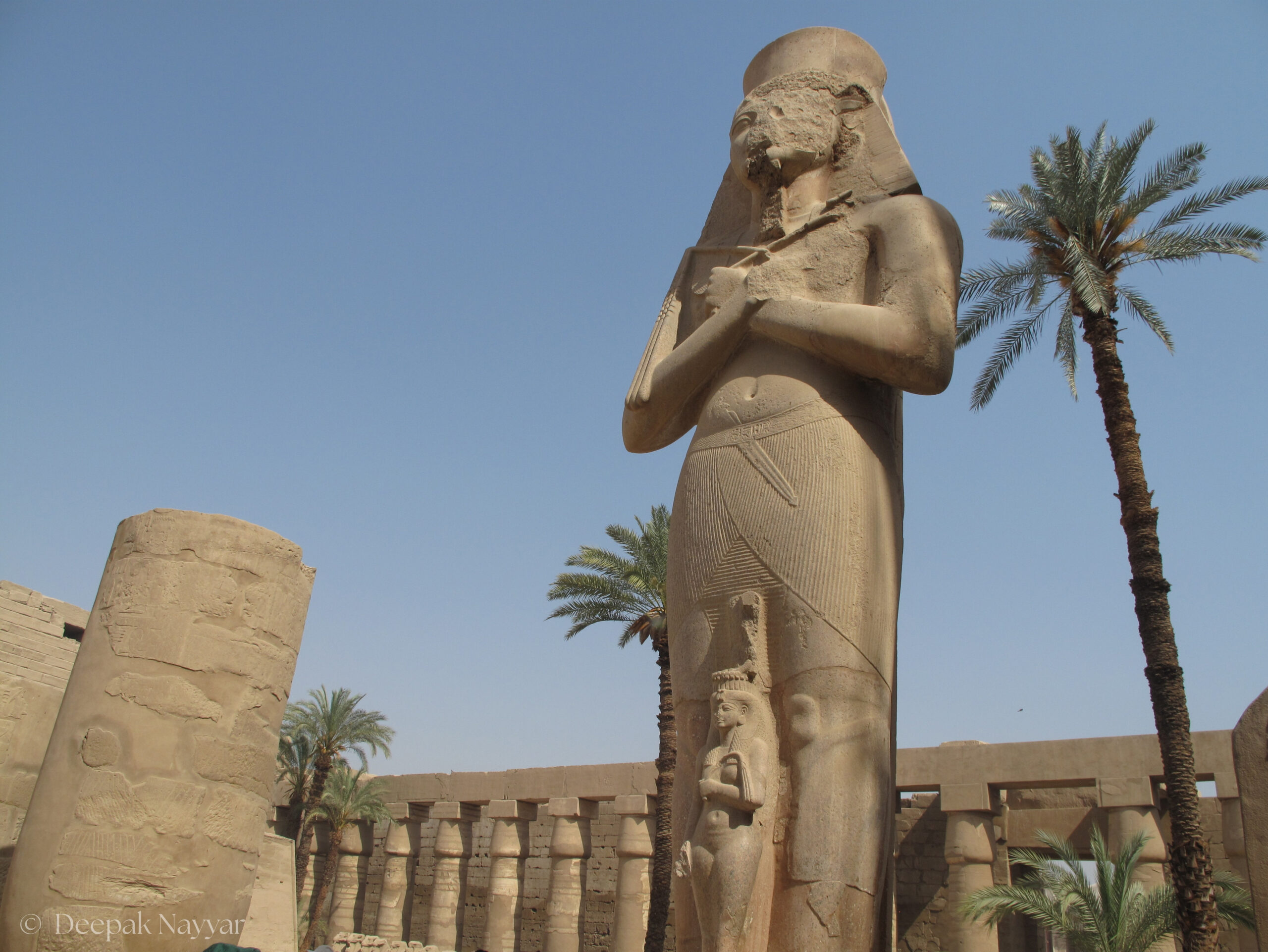
The spectacular ruins of Karnak, known in ancient Egypt as Ipet-Isut, or the most perfect of places. It was possibly the largest temple complex built anywhere,over fifteen centuries, by generations of pharaohs. The collection of sanctuaries,kiosks, pylons, and obelisks is a stunning open-air archive of history set in stone.This Colossal statue of Ramses II at the front of the temple has stood as a sentinel for thirty-two centuries.
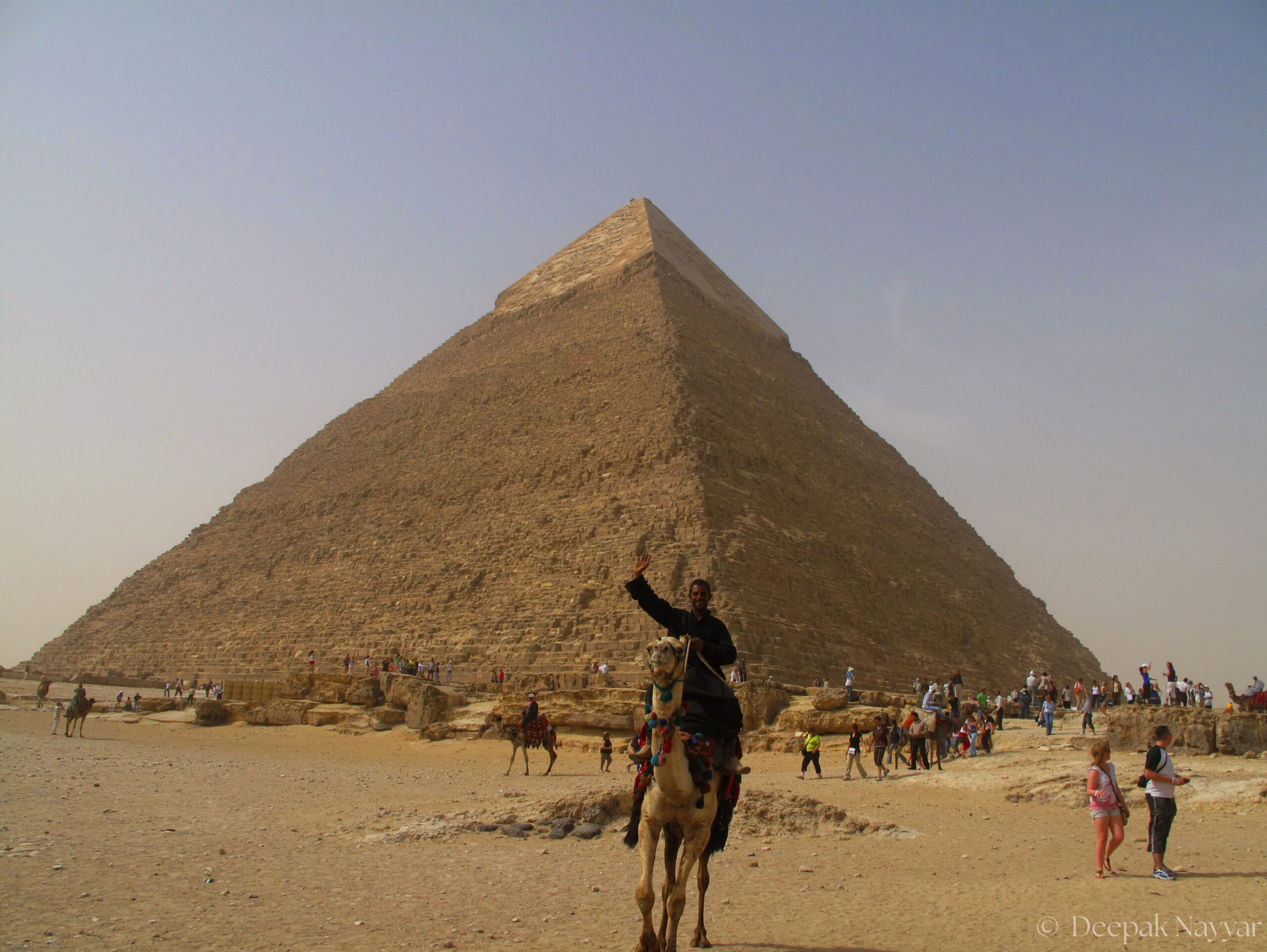
The Great Pyramid of Khufu is the oldest and the biggest of the three pyramids in Giza. It was completed more than 4500 years ago. It has enough stone, Napoleon estimated in 1798, to build a one-metre high wall around France.
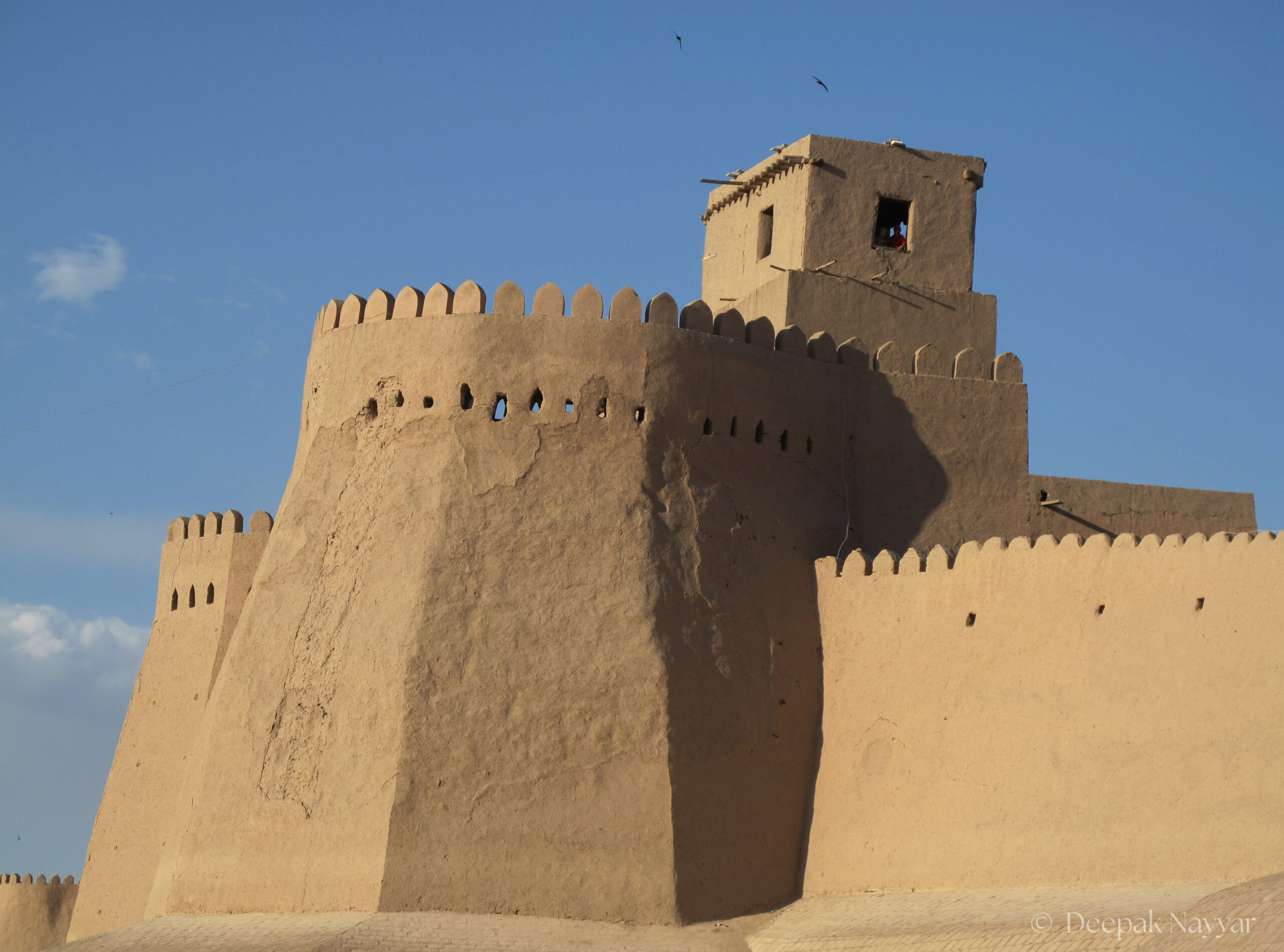
Walls of the ancient city founded in 6th century BC.
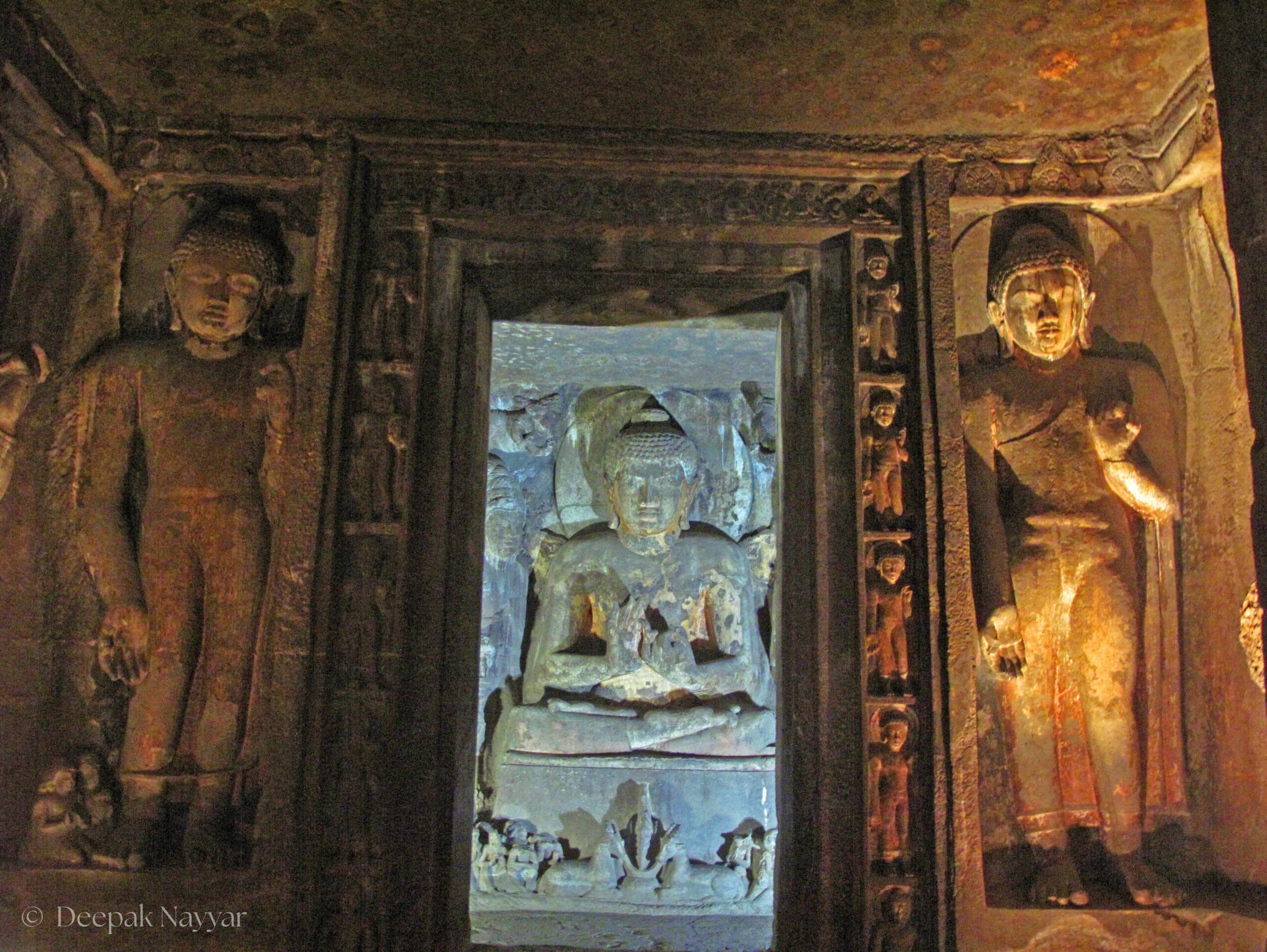
The extensive Ajanta caves, on a hillside overlooking a narrow gorge, were carved out between second century BC and seventh century AD. Beautiful rock-cut sculptures and exquisite mural paintings adorn the interiors. The themes are primarily religious, but the scenes depicted also illustrate the lives of people in those times.

Son et Lumiere at Abu Simbel, the most famous of the Egyptian monuments, after the Pyramids and the Sphinx.
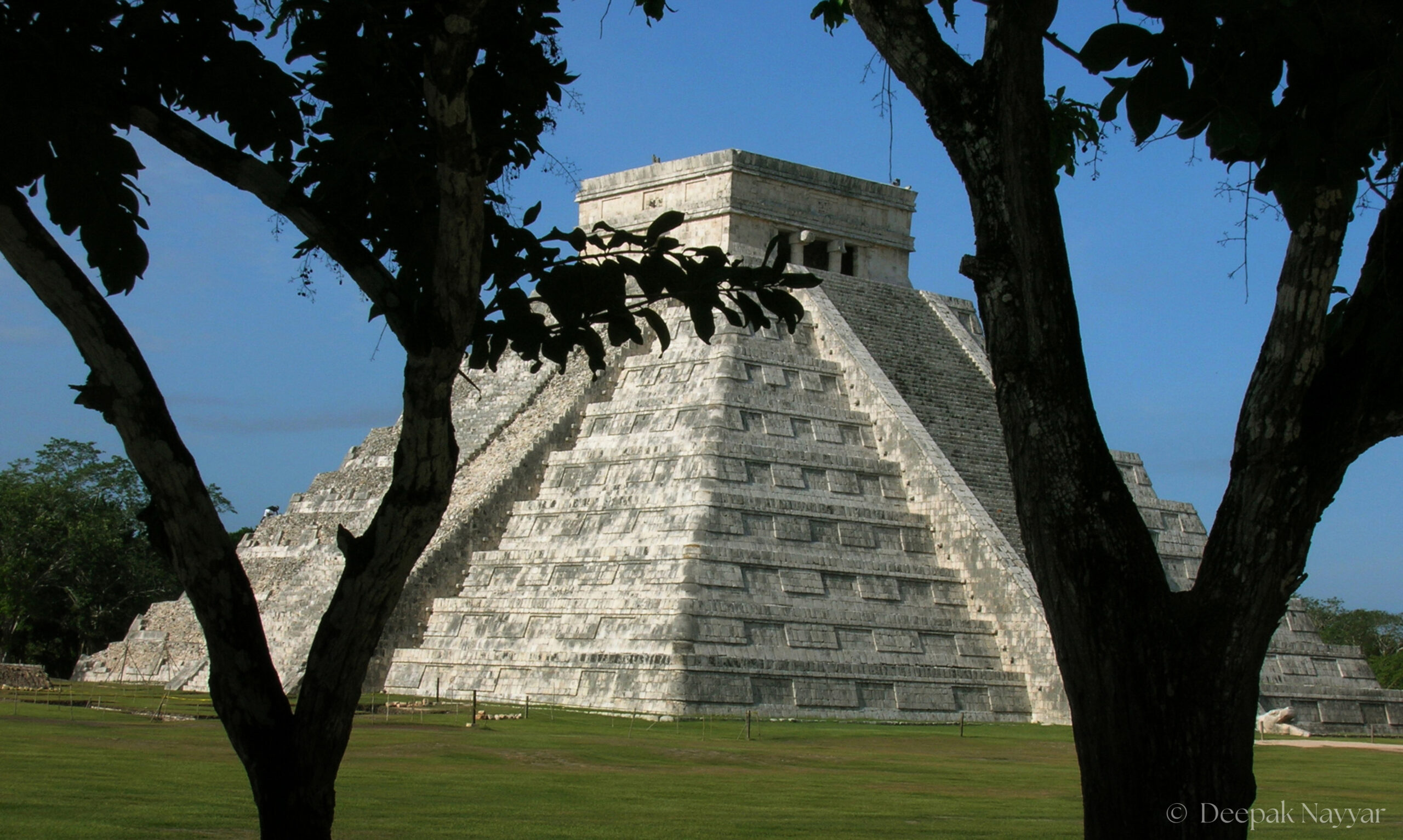
El Castillo, Pyramid of Kulkalan, named after the Mayan snake deity. Chichen Itza, The Largest City Built By The Mayan People In The 9th Century Ad.

Narasimha Vigraha.

The river Alaknanda meets the river Mandakini. The temple with steps leading to the confluence of the two rivers, washed away by floods since then, no longer exists.
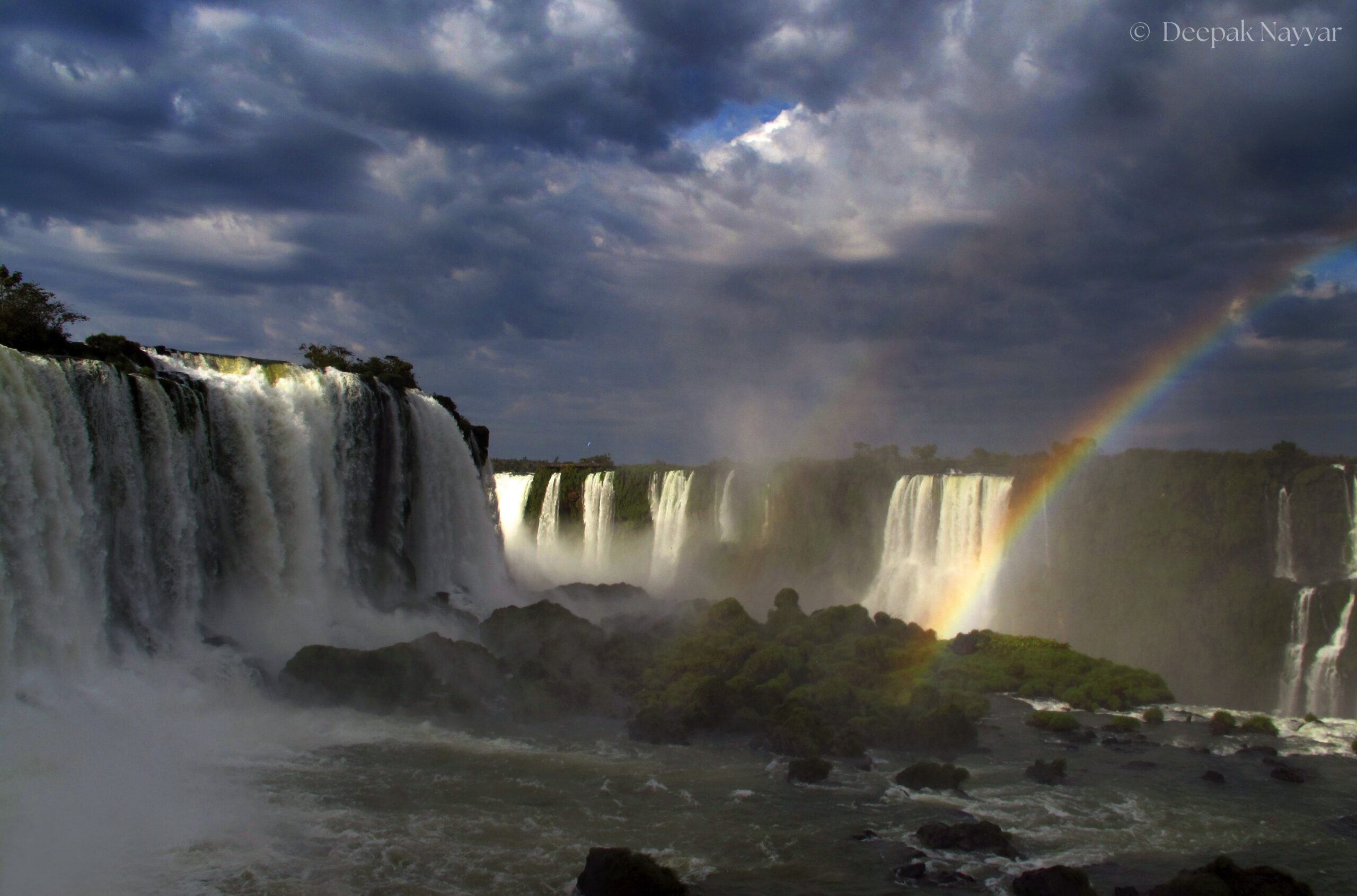
Iguasu Falls, spectacular, stunning and awesome at the borders of Brazil with Argentina and Paraguay.

Fall colours, United states. In October, when average temperatures are 10 degrees celsius.

Sunrise at Grand Canyon, where three peaks arenamed after the trinity of Hindu gods: Brahma, Vishnu and Shiva.
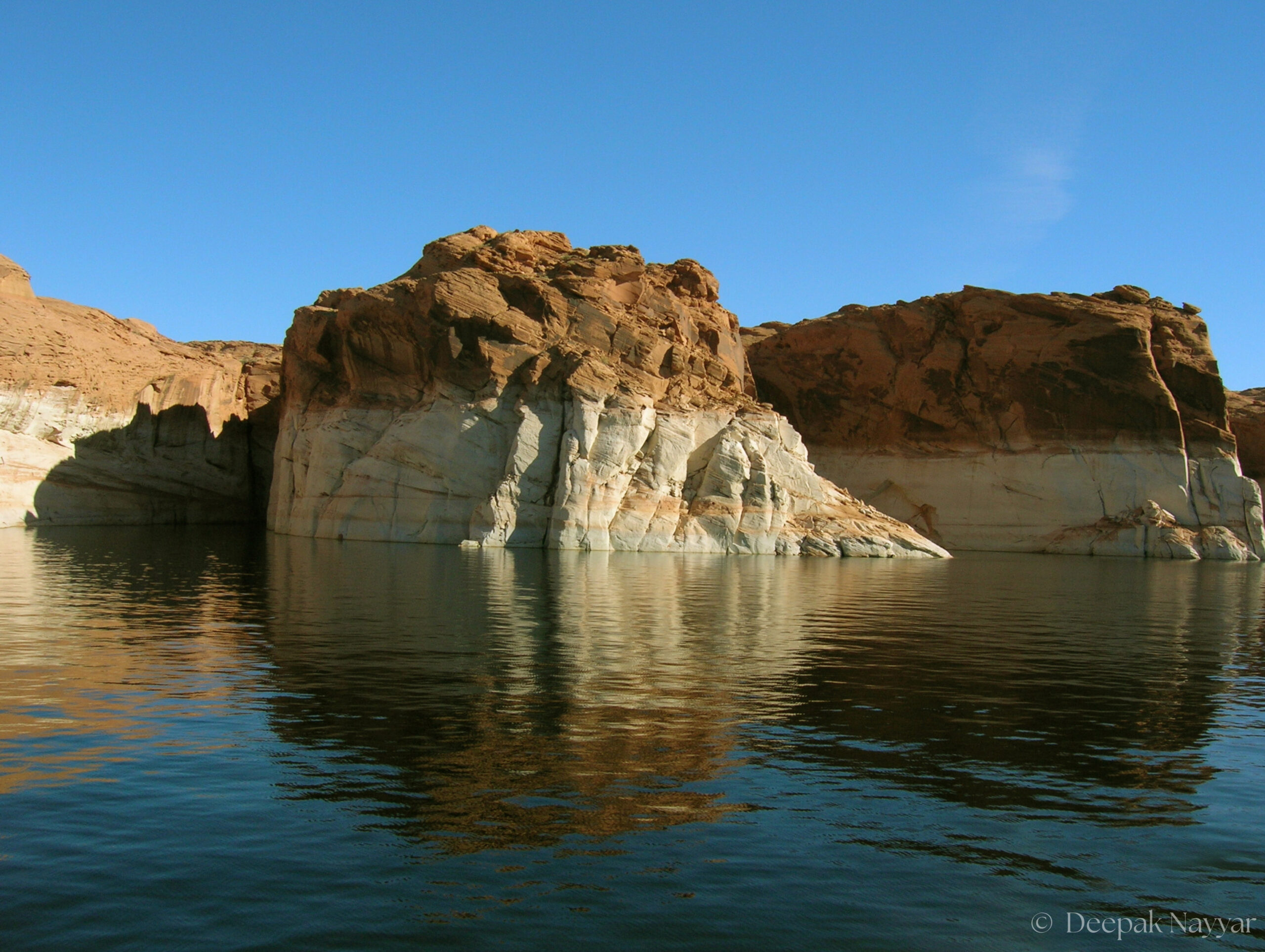
Lake Powell, a man-made expanse of water created for a hydroelectric power project, rendered beautiful by nature.

The arch at red rock in Bryce Canyon. Untimely snow and freezing cold in early October.
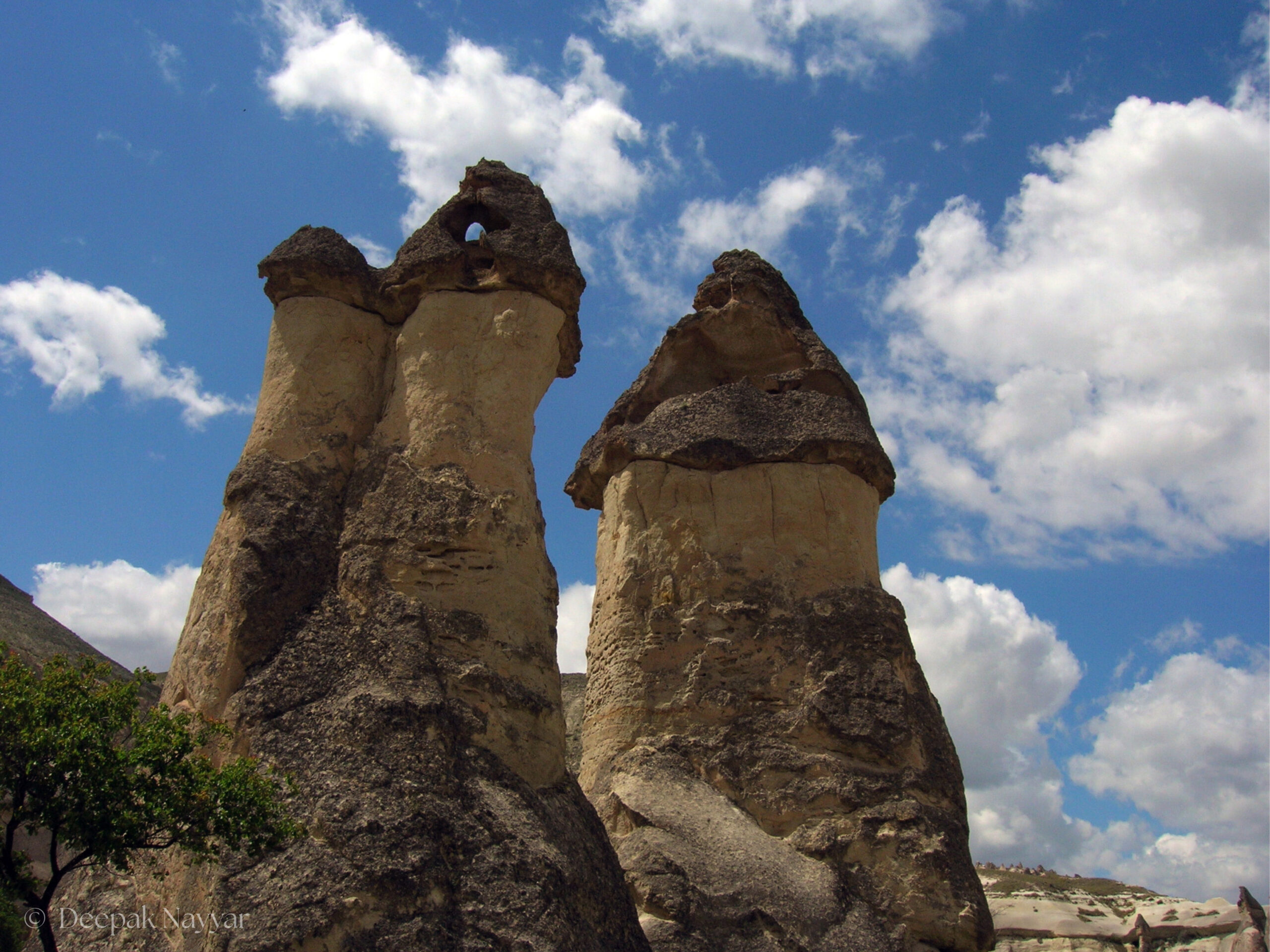
Mushrooms in the sky – rock formations.
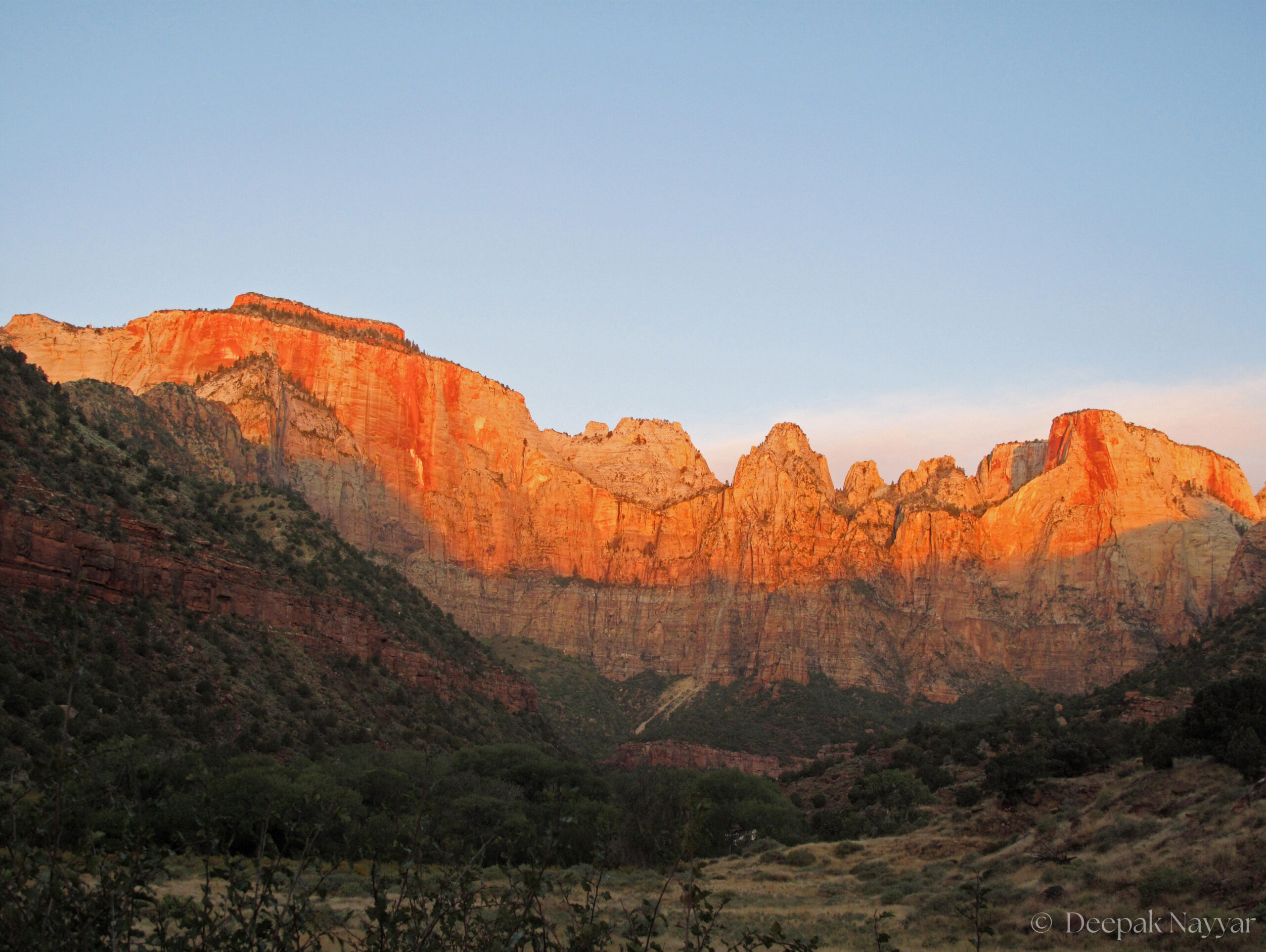
Zion National Park, with its massive sandstone cliffs – cream, pink and red – that soar into blue skies, with tall stretching walls of narrow canyons.

Claude Monet's home and the garden that provided the inspiration for 'Water Lilies', his famous painting.
Review Quotes
“Deepak Nayyar’s two volumes of collected essays are arguably the most important contribution to the study of economics in India that any single economist has ever made”
— BIBLIO
“Nayyar is a scholar with impeccable international credentials…..he is able to feel, experience and articulate the ground realities while producing sound theoretical expositions.”
–ECONOMIC AND POLITICAL WEEKLY
“The twin anthologies offer a great fare for contemplation.”
–THE HINDU
“The value of the collection lies in the fact that the essays are grounded in an underlying perspective not fully elaborated in any single essay but whose entirety emerges clearly through all of them collectively.”
—THE BOOK REVIEW
“The essays reflect the author’s long standing and often critical engagement with the challenges of development…a very rich collection.”
–SUNDAY PIONEER
“A remarkable quality of the essays is the level of detail that is contained in the exposition of theory and the analysis of practice.”
–ECONOMIC AND POLITICAL WEEKLY
“… robust in analytical rigour and lucid in clarity.”
—INDIA TODAY
“The selected essays exhibit a heterodox and unconventional approach from the pen of a leading critic of globalization.”
—SUNDAY PIONEER
“It is…a tribute to [the book’s] though provoking quality that induces a demand for something more.”
—-THE BOOK REVIEW
“The exposition of heterodox perspectives on development and liberalization makes these particularly interesting volumes.”
—BUSINESS STANDARD
“Deepak Nayyar’s record in the rarified world of universities has been widely lauded. His new books Trade and Globalization and Liberalization and Development bring together his considerable acumen to shed crucial light on how these issues have shaped and will continue to shape the future.”
—FINANCIAL EXPRESS
Reviews
Reviews
Advance Praise
“A long awaited welcome collection by a leading thinker on development and one of India’s foremost economists. An important counterpoint to neoclassical perspectives.”
-Joseph Stiglitz, Professor, Columbia University and
Nobel Laureate in Economics 2001
“This collection constitutes an important contribution to our understanding of the theory and practice of development. The essays are articulate, perceptive and humane, critical of orthodoxy and constructive in opposition. Students and development practitioners should use them as a stimulating and enlightening reality check against commonly accepted theory and policy.”
-Frances Stewart, Professor of Development Economics,
University of Oxford
“Deepak Nayyar is a superb academic, macro and international, economist. He is at distinguished and effective policy practitioner. His essays in these two volumes bridge. both worlds. His combination of theory and policy is particularly refreshing because it is founded on a heterodox perspective infinitely more relevant to India and developing countries than the tired slogans and nostrums of orthodox economics. These two volumes cover a wide range of topics: trade, industrialization, globalization and the macroeconomics of development, with concrete policy proposals. They will be essential reading about economics as it should be used to make the real world a better place for a long time to come.”
-Lance Taylor, Professor of Economics, New School for Social Research
” Professor Nayyar deserves the gratitude of the economics profession for the essays presented in these volumes, which combine beautifully theory, history and policy with practical sense. They display deep scholarship with remarkable lucidity of expression, a must reading for students, teachers, and researchers alike.”
-Amit Bhaduri, Emeritus Professor, Jawaharlal Nehru University and Professor of Economics, University of Pavia
“These two volumes of essays by Deepak Nayyar on trade, globalization and development constitute economic heterodoxy at its best. Whether one agrees with him or not, these masterly essays, written by an economist with a flair for writing, deserve to be read, understood, and mulled over by all.”
-Kaushik Basu, C. Marks Professor and Director, Centre for Analytic Economics, Cornell University
“These essays by one of India’s foremost economic thinkers, Professor Deepak Nayyar, are a must-read for all students and practitioners of development economics, and especially of the Indian economy. The essays are thoughtful, absorbing, wide-ranging, original, and make a superb contribution.”
-Ajit Singh, Emeritus Professor of Economics, University of Cambridge
“This is a formidable collection of essays written by a leading critic of globalization. The essays, written over a span of three decades, reveal a sharp analytical mind, capable of grasping the interactions between industrialization, trade, liberalization and globalization. in the national and global context. These volumes, which connect theory and reality in. development, show the rigorous mind of Professor Nayyar and his capacity to explain the most complex issues in a simple manner.”
-Jose Antonio Ocampo, Professor, Columbia University and former United Nations Under-Secretary-General
“The collected essays reflect the author’s long-standing, original, incisive and critical engagement with the challenges of development. Even in this age of markets and globalization, Professor Nayyar shows the way to viable development alternatives. There will be much to learn anew from these volumes.”
-Jomo K.S., Assistant Secretary General for Economic Development, United Nations
“Deepak Nayyar is a “human treasure” for everyone who is interested in economic issues- academics, policymakers, and intelligent lay persons. In this collection of essays, charting an illustrious career spanning over three decades, he combines rigorous theory, deep understanding of history, profound philosophical reflections, and unique policy-making experience to provide us with sophisticated and rich analyses over an incredibly wide. array of issues in economic development. A magnificent collection.”
-Ha-Joon Chang, Faculty of Economics, University of Cambridge
“In a refreshing departure from the narrow ahistorical and apolitical approach of orthodox economics, these authoritative volumes provide an unconventional perspective on international aspects of economic development, to demonstrate the futility of single- model fetishism and the importance of greater “policy-space” for developing countries.”
-Giovanni Andrea Cornia, University of Florence and former Director of UNU-WIDER, Helsinki













